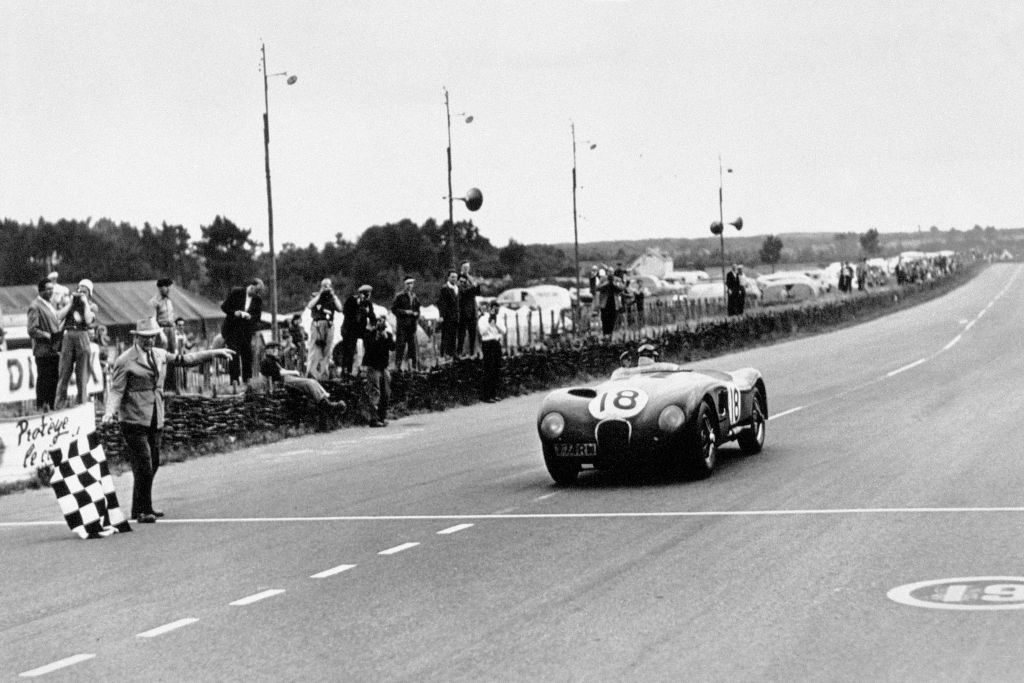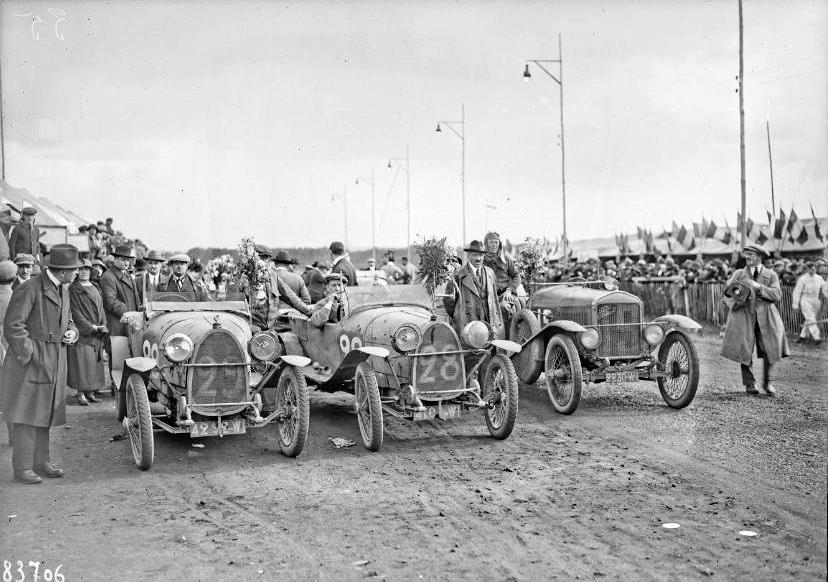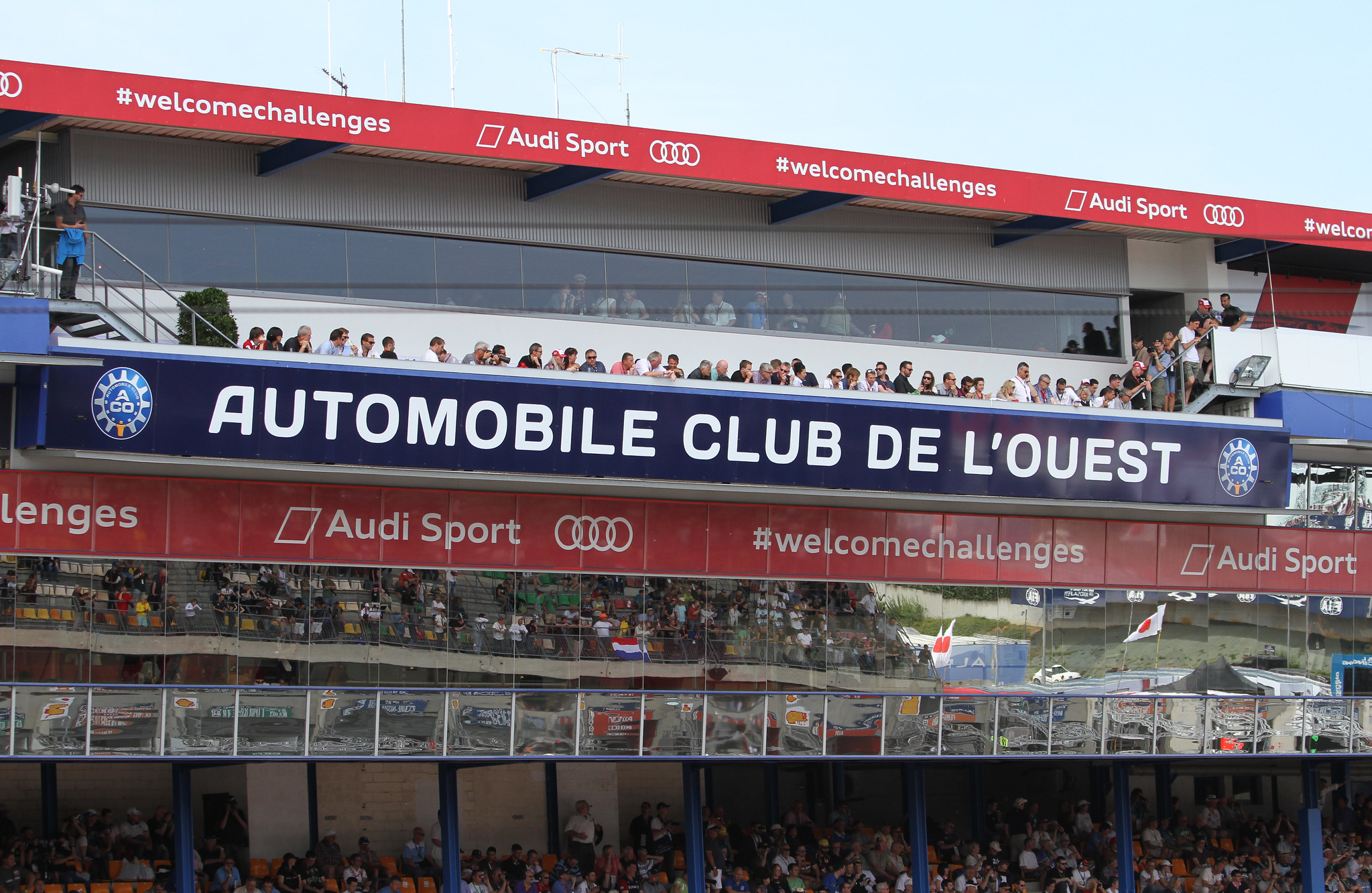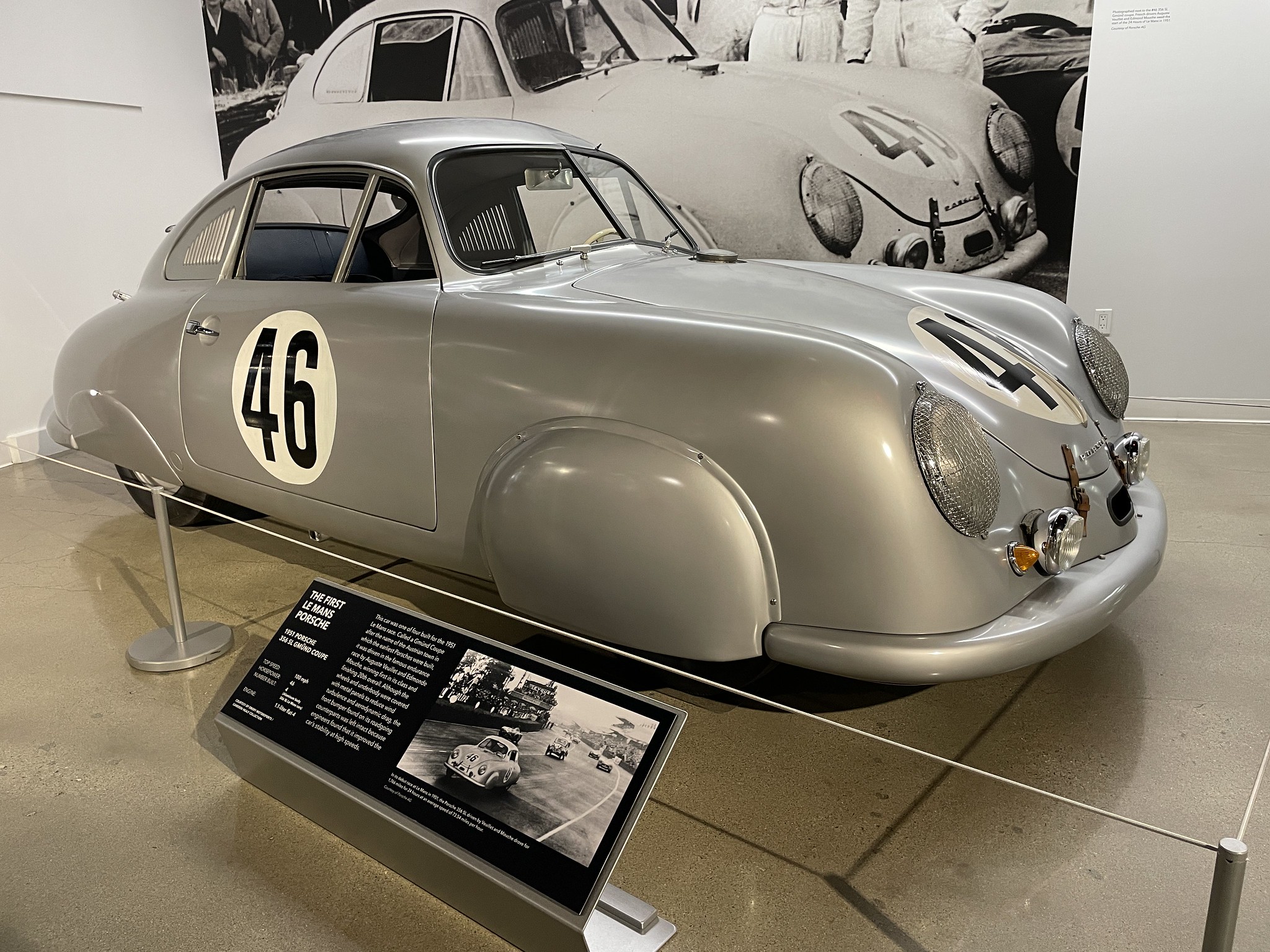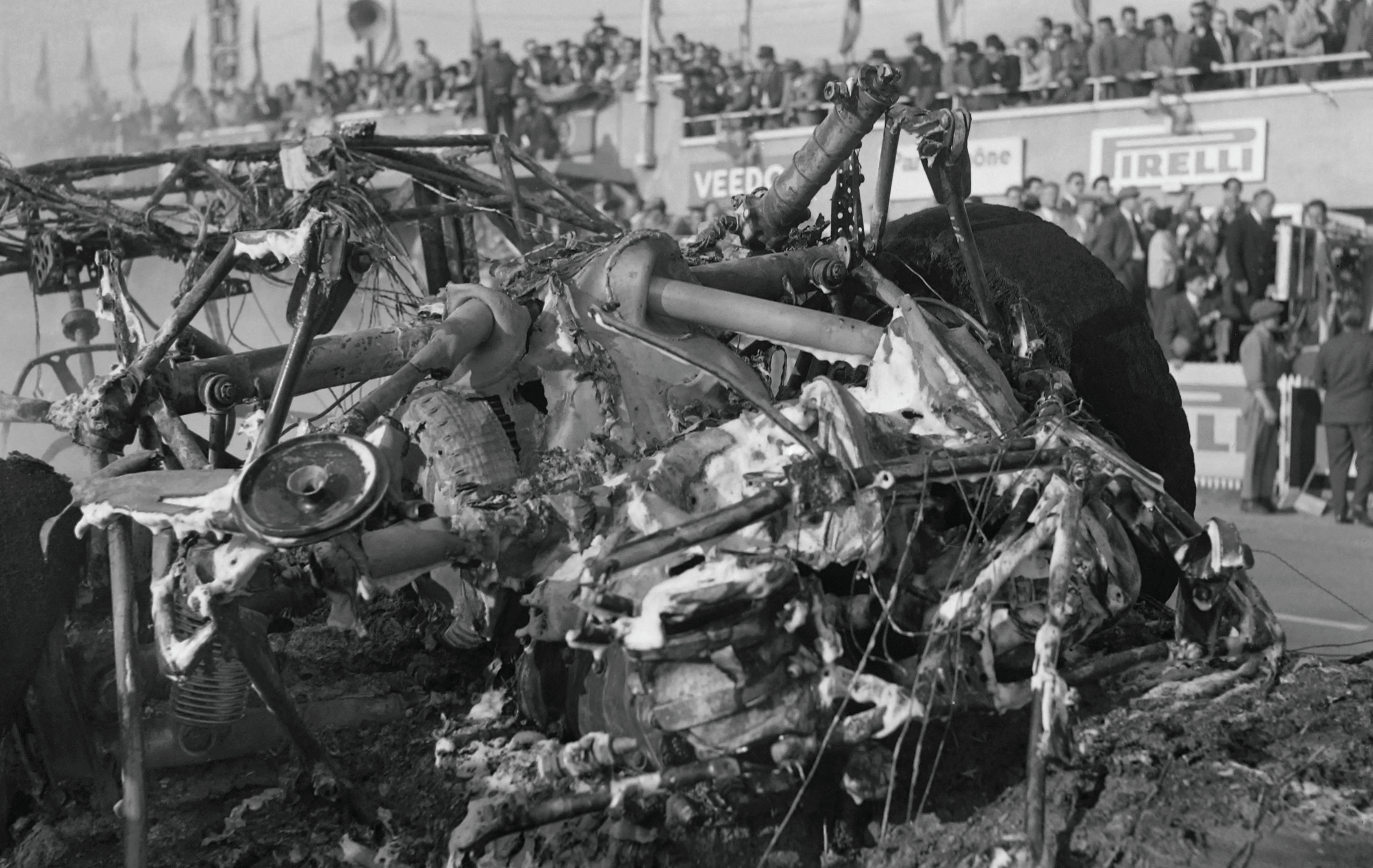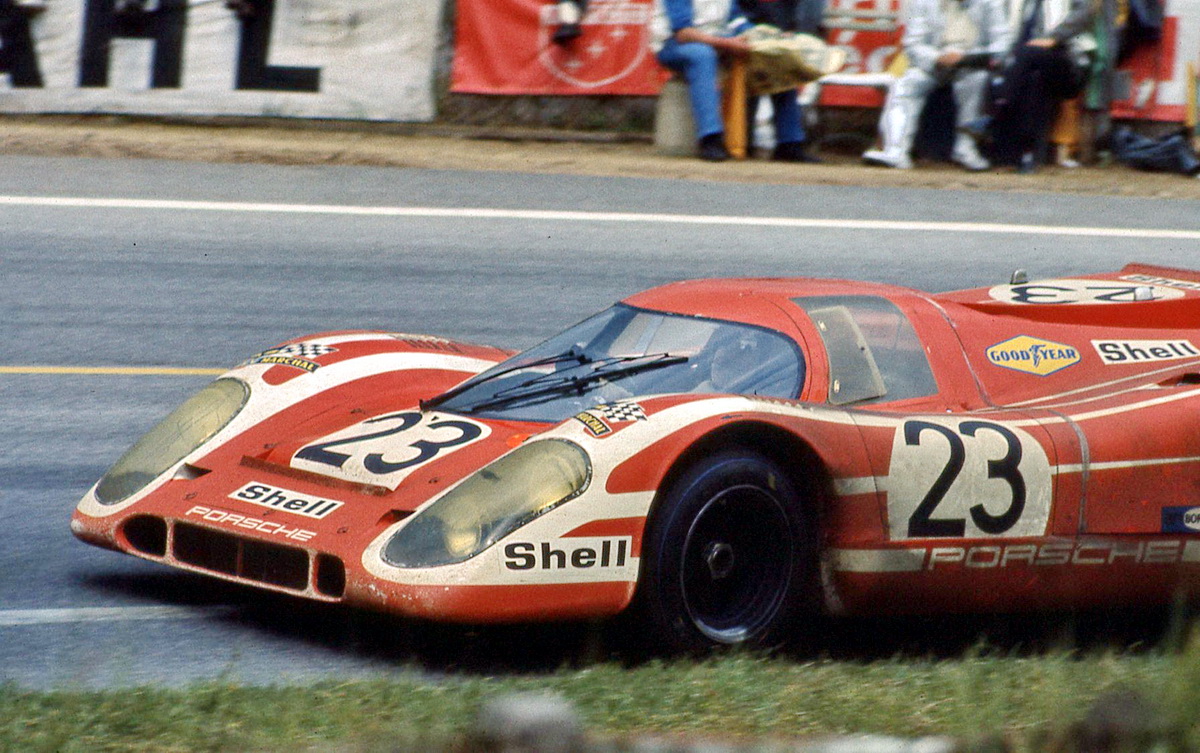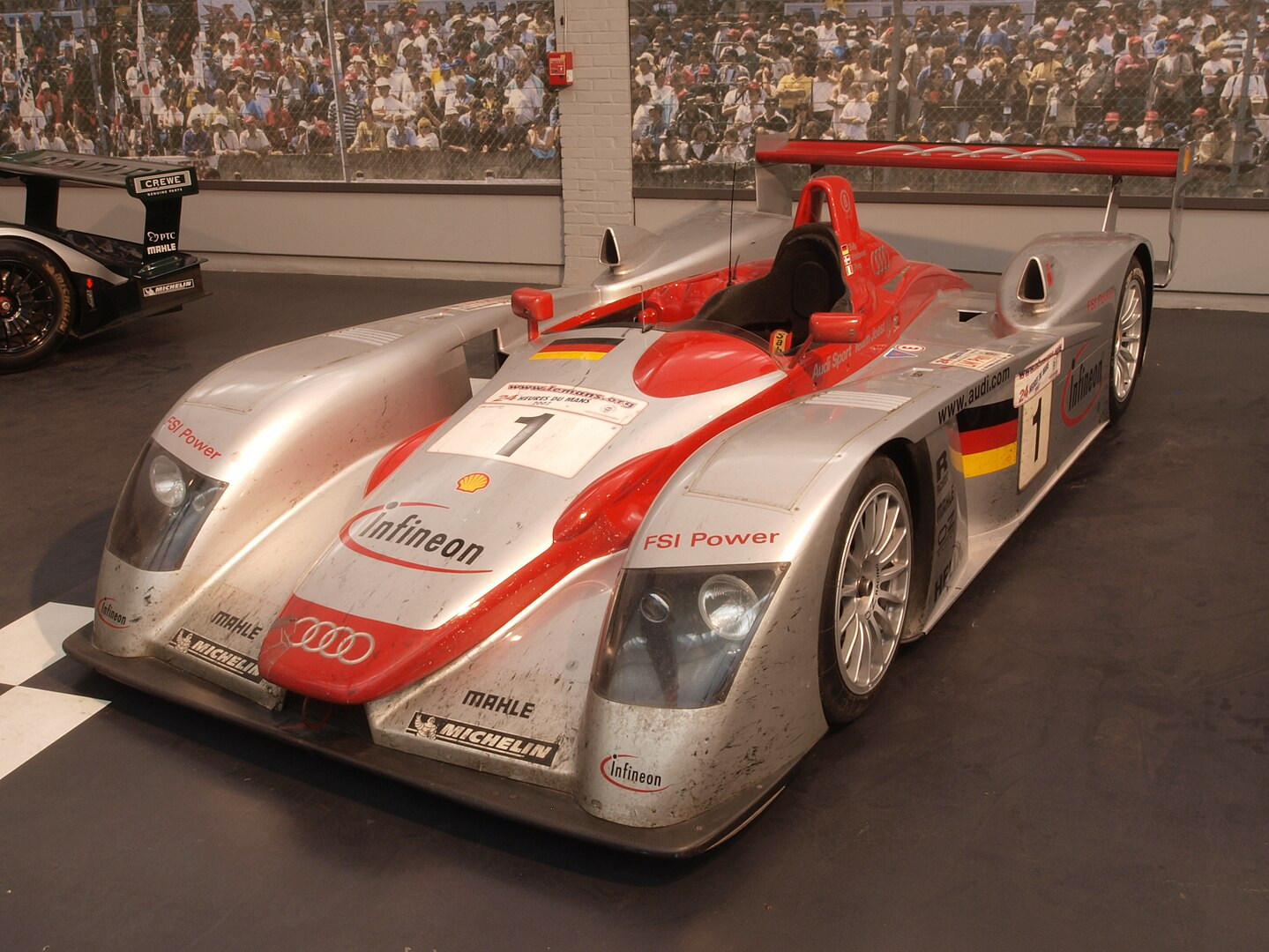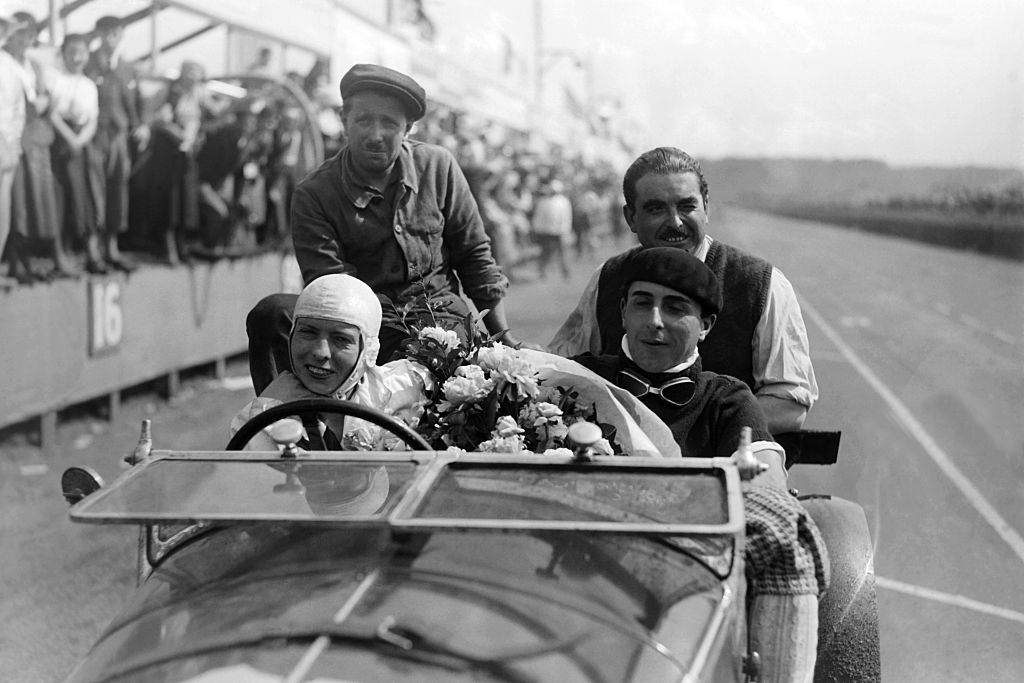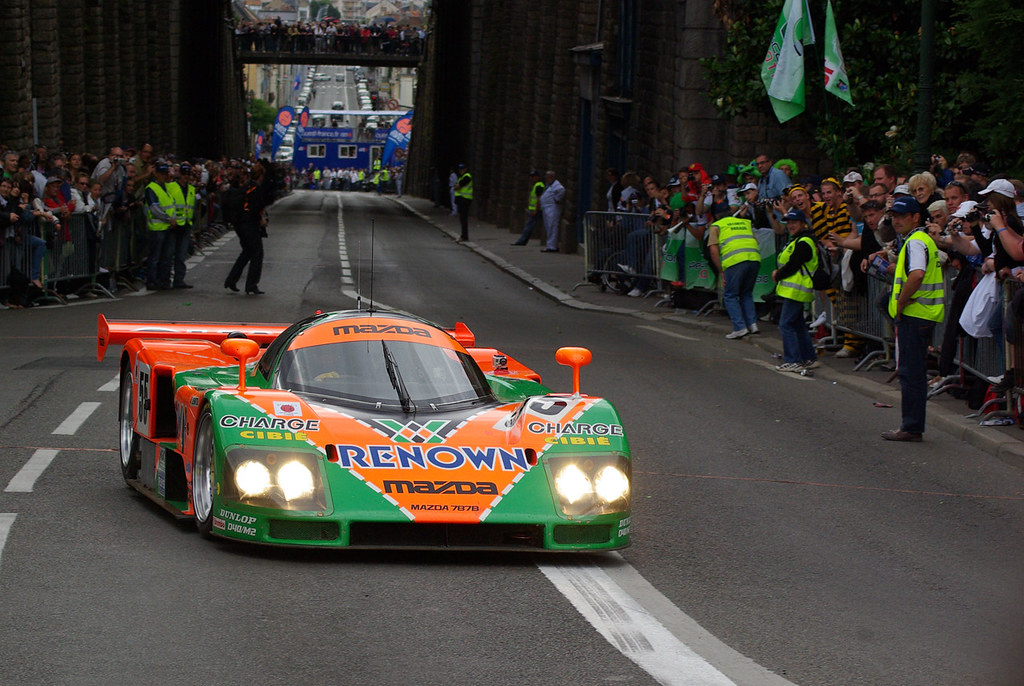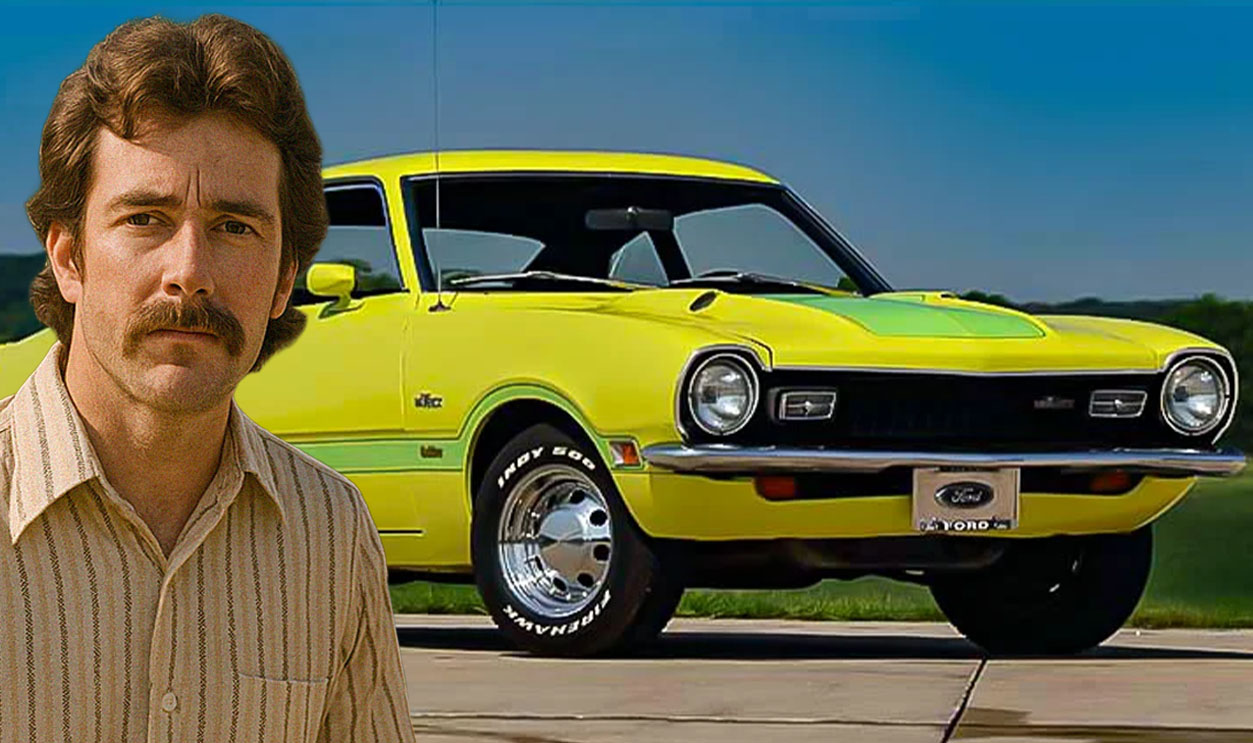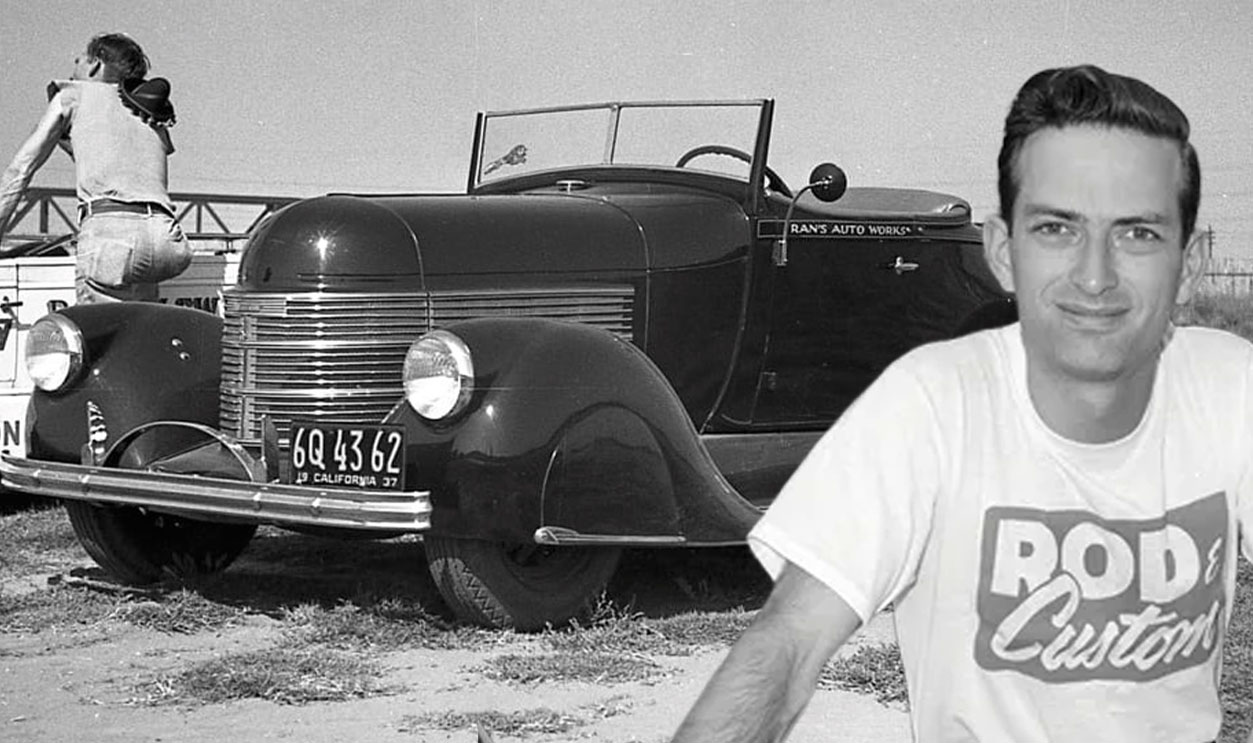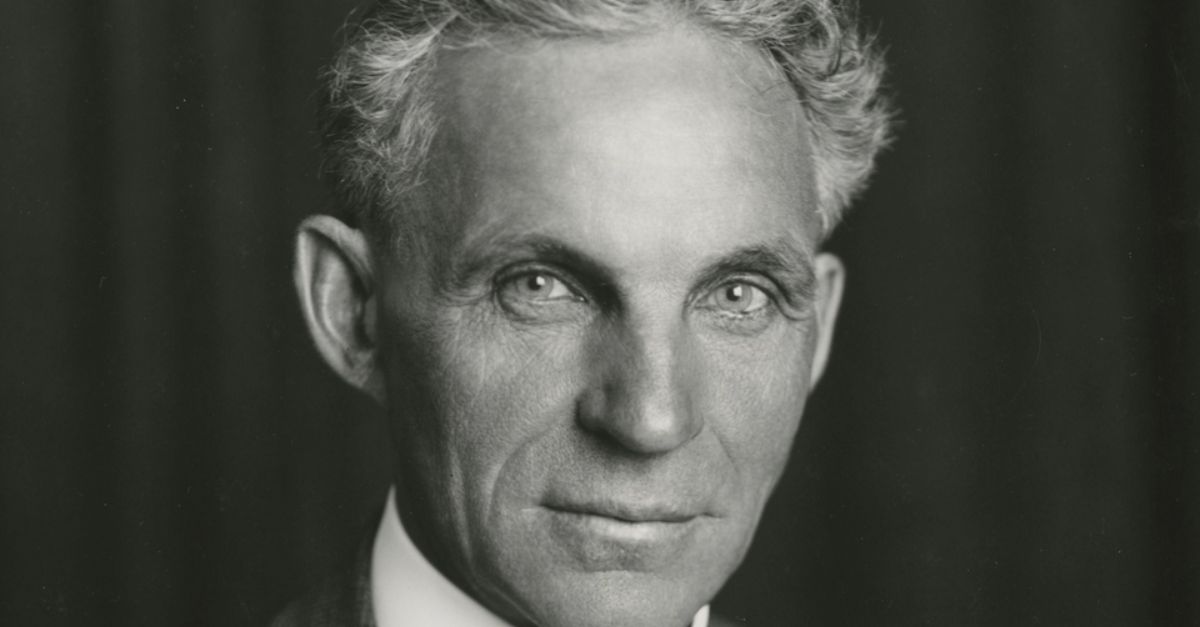The Ultimate Prize Of Endurance Racing
The 24 Hours of Le Mans is one of the oldest and most prestigious car races in the world. Unlike the races on the F1 Grand Prix and NASCAR circuits, it is a battle of endurance over speed as drivers compete to see who can cover the most distance in a 24-hour time period. The race rewards the drivers’ stamina, reflexes, and resourcefulness at the wheel of a fast and durable car.
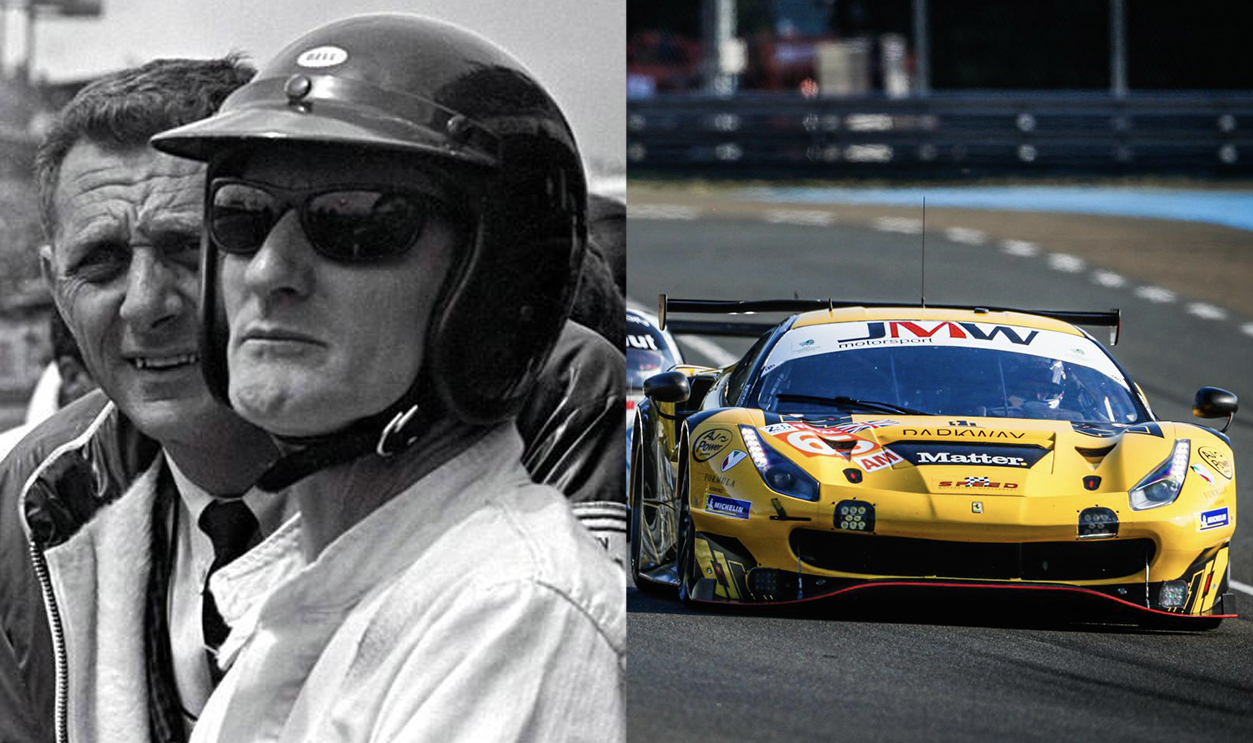
One Third Of Two Racing Triple Crowns
The 24 Hours of Le Mans is commonly regarded as one of the three most prestigious races in the world, along with the Monaco Grand Prix and Indianapolis 500. It is also a third of the unofficial endurance racing Triple Crown with its counterparts the 24 Hours of Daytona and the 12 Hours of Sebring.
Oldest In The World
Run annually since 1923 (with notable interruptions), the Le Mans race is the oldest endurance race in the world. Surviving and evolving through national and international political upheaval, it has built a proud and colorful history over the decades.
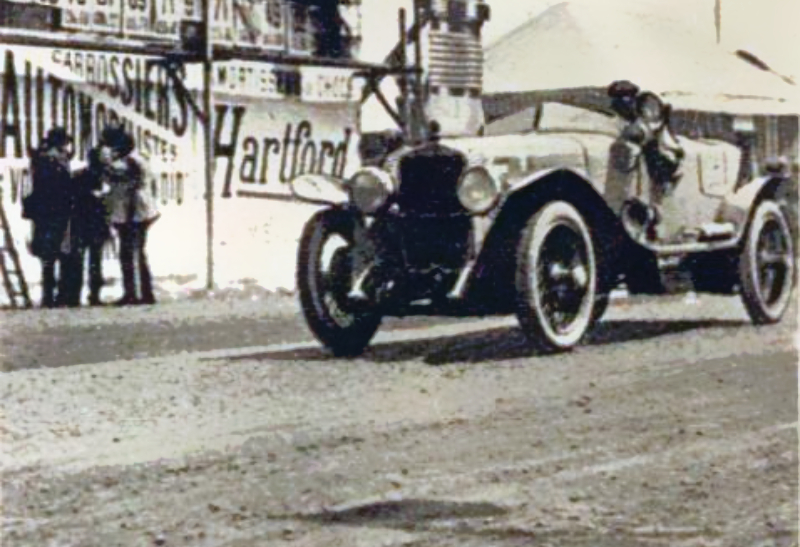 The Mirror of Sports, Wikimedia Commons
The Mirror of Sports, Wikimedia Commons
A Marathon, Not A Sprint
The environment of auto racing in the early 1920s emphasized speed, with car builders focused on winning a short dash to the finish line. The Le Mans race was devised as a test of a car and driver’s endurance through a complex course over a 24-hour period in a variety of conditions—this meant that car designers had to consider other performance aspects such as fuel economy and wear on parts.
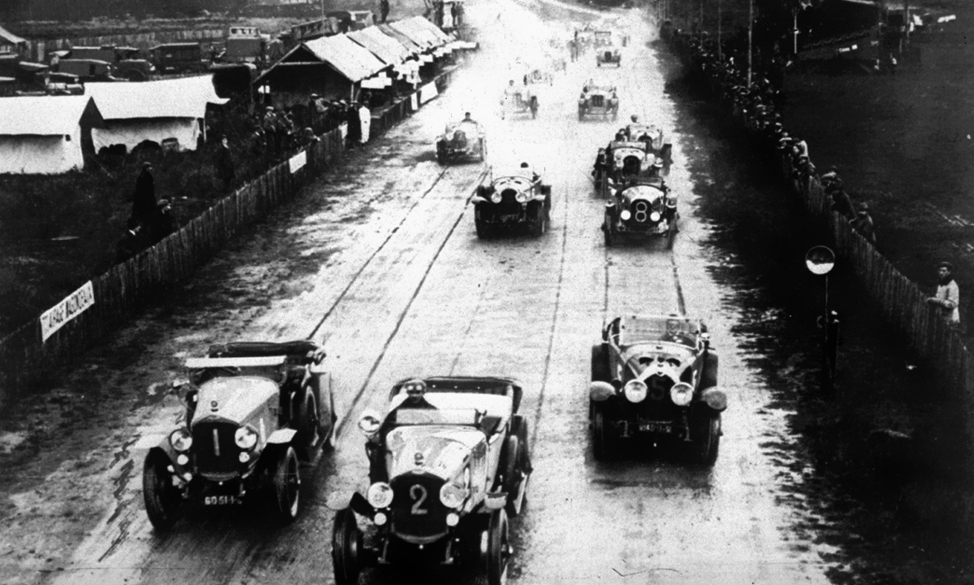 D.A.S. (Germany), Wikimedia Commons
D.A.S. (Germany), Wikimedia Commons
Classic Road Course
The road course of Le Mans—or Circuit de la Sarthe as it is called in French—is a mixture of designated racetracks and public roads that totals 13.63 km (8.47 mi) in length. Le Mans cars must be built to withstand the rigors of publicly-driven roads as well as the smooth, carefully maintained tracks.
Legendary Straightaway
The most well-known feature of the Le Mans course is the famous Mulsanne straight. This 6-km long straightaway allowed drivers to regularly achieve speeds greater than 360 kilometers (220 mi) per hour. Race organizers in 1992 added a pair of chicanes (bends) in the Mulsanne after a series of fatal accidents along the stretch in the 1980s.
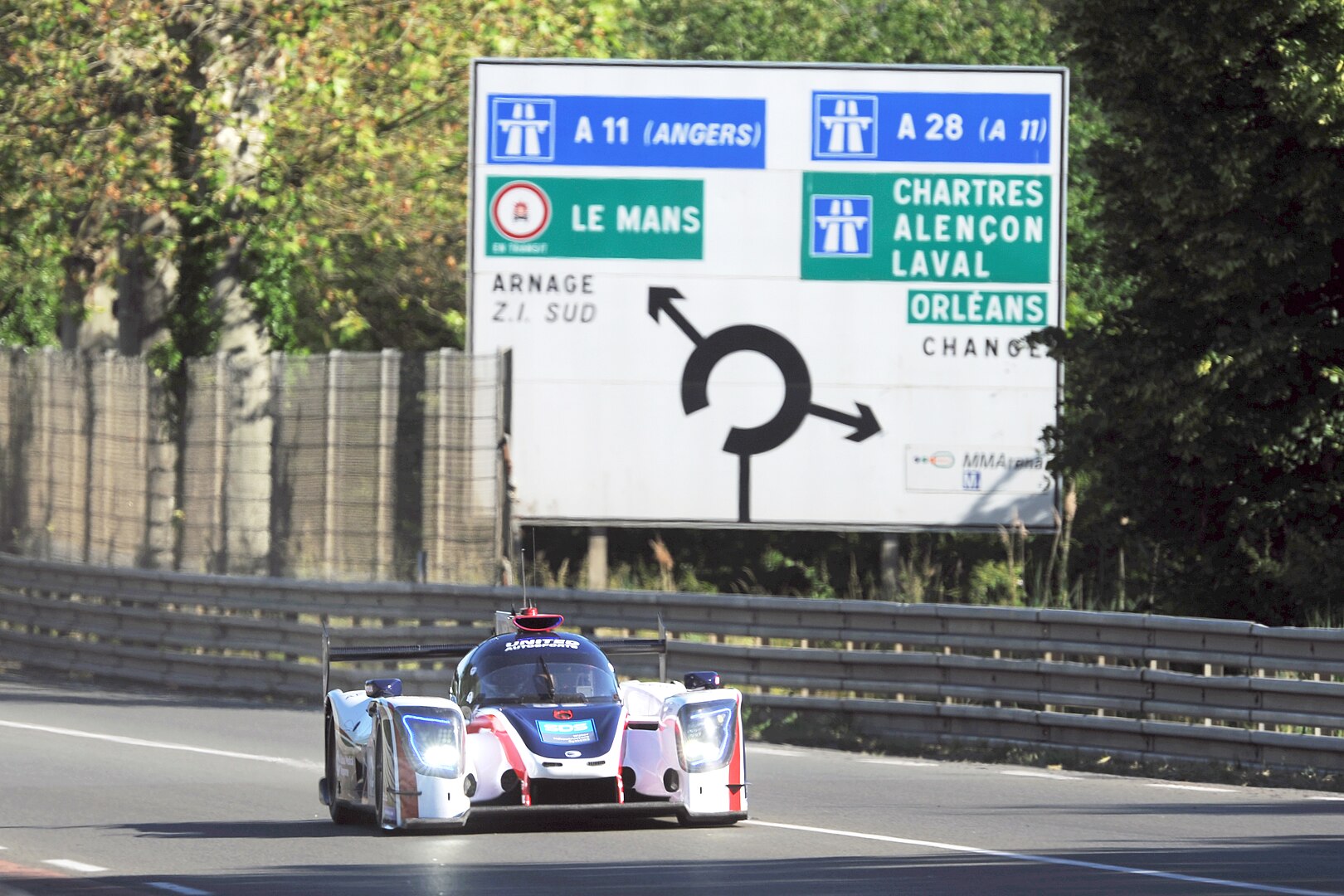 United Autosports, CC BY-SA 2.0, Wikimedia Commons
United Autosports, CC BY-SA 2.0, Wikimedia Commons
Race Organizers
The Le Mans race is run by the ACO (Automobile Club de l’Ouest, in English: Automobile Club of the West), a French general automotive association which also runs traffic safety classes and roadside assistance programs for regular drivers.
Racing Series And Sanctioning Bodies
Since 2012, the 24 Hours of Le Mans has been a part of the World Endurance Championship, overseen by the FIA (Federatión Internationale de l’Automobile, in English: International Automobile Federation) and the ACO. The championship series consists of eight different endurance races in far-flung corners of the globe, of which the 24 Hours of Le Mans is by far the most famous.
 David Merrett, CC BY 2.0, Wikimedia Commons
David Merrett, CC BY 2.0, Wikimedia Commons
Local Involvement
The race’s fame and mystique are naturally a source of pride for the community of Le Mans and its surrounding regions in northwestern France. The race itself would not be possible without the help of thousands of volunteers from the area who work as race marshals, medical first responders, and many other specialized roles.
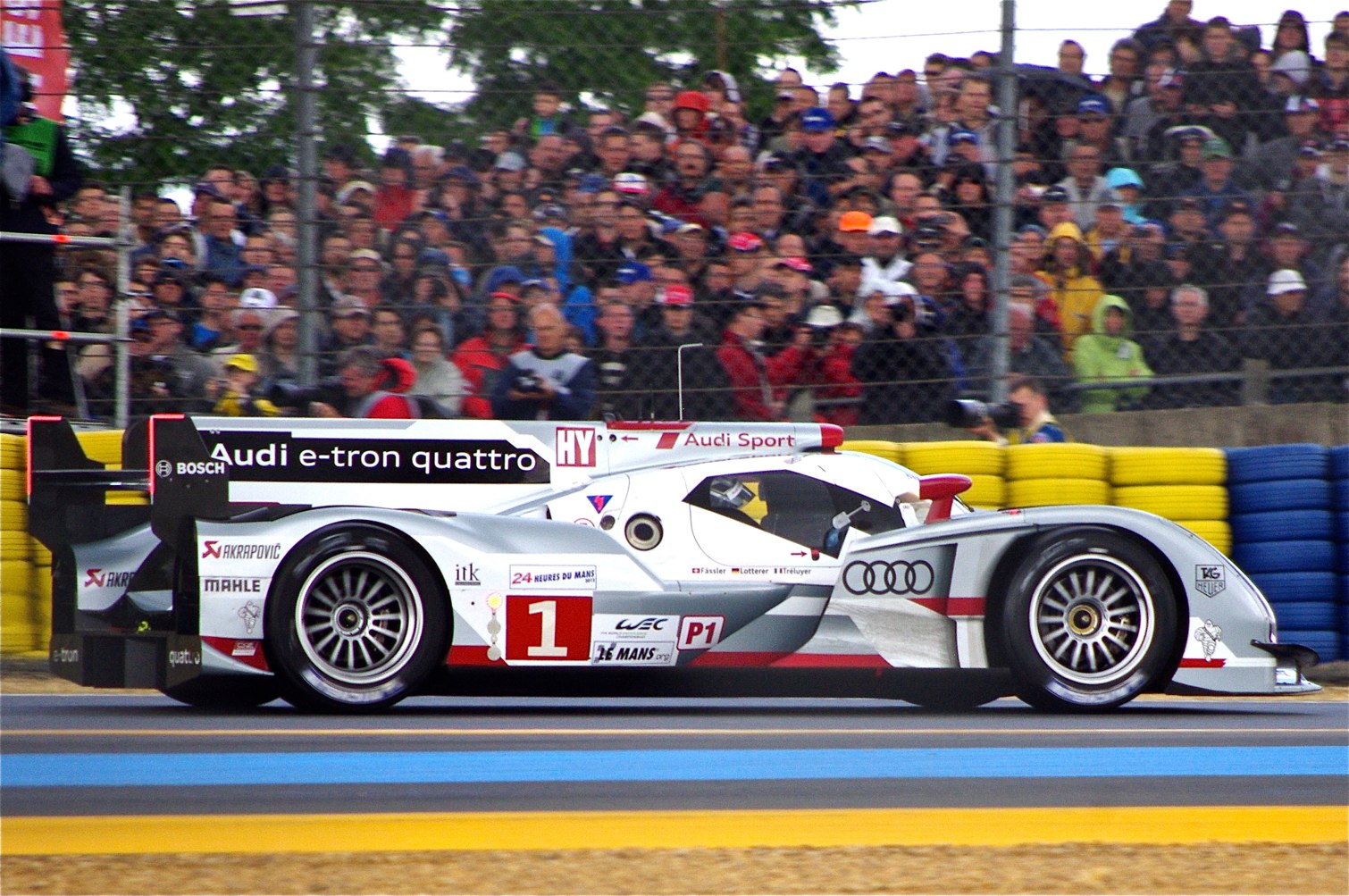 David Merrett, CC BY 2.0, Wikimedia Commons
David Merrett, CC BY 2.0, Wikimedia Commons
Great Distances Traversed
The round-the-clock duration of the event combined with high speeds means that average Le Mans competitors travel over 5,000 km in one race. This is six times longer than the Indy 500 and 18 times as long as the Formula One Grand Prix. The record distance attained is 5,410 km, set by the Audi North America team in 2010.
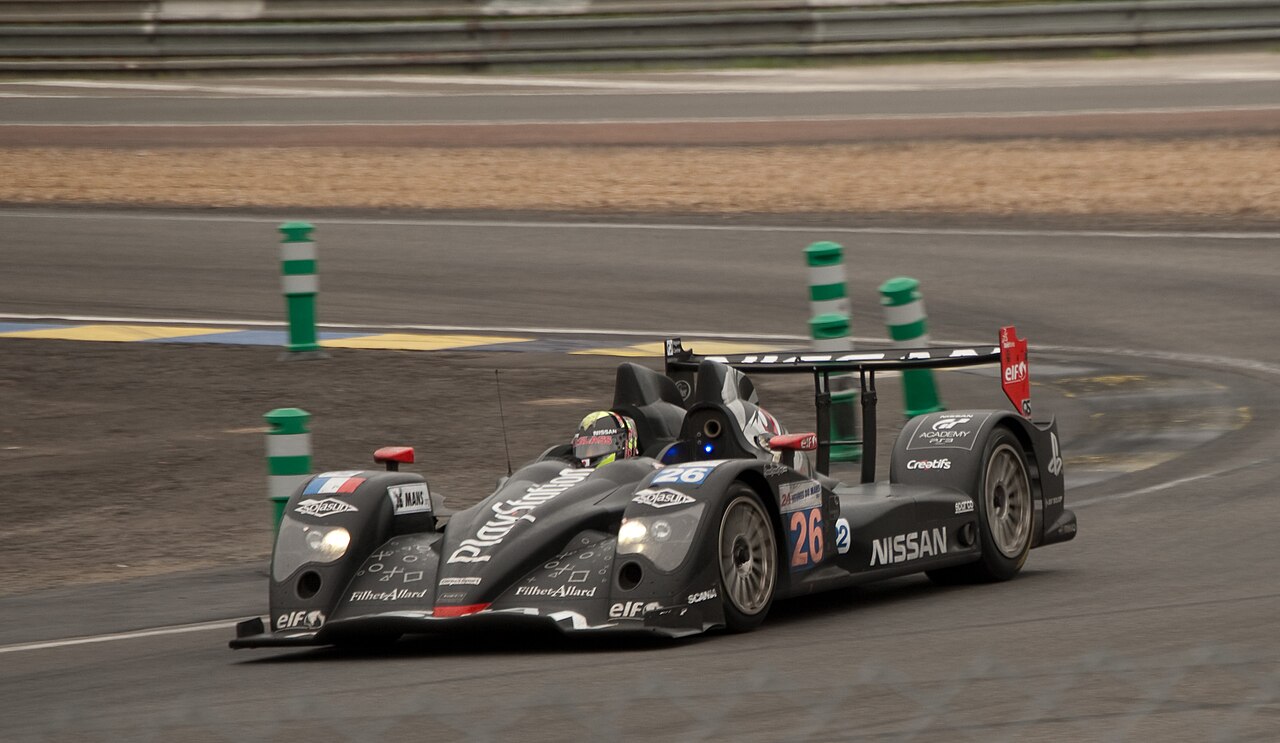 Surreal Name Given, CC BY-SA 2.0, Wikimedia Commons
Surreal Name Given, CC BY-SA 2.0, Wikimedia Commons
Classes Of Cars
While there are and have been many different technical classifications for cars through the past century of racing, today’s cars are of two basic types: the Le Mans Prototypes (LMP) and the Grand Touring (GT) cars.
 Surreal Name Given, CC BY-SA 2.0, Wikimedia Commons
Surreal Name Given, CC BY-SA 2.0, Wikimedia Commons
LMP
LMP cars are prototypes purposely built for the race itself. There are two-door, two-seat models that have a closed cockpit, and there are open seat models similar in appearance to the types of cars you would see in a Formula One race, though these are rarer for aerodynamic and safety reasons. Unlike Formula One, Le Mans cars have closed wheels. The class evolved in the 90s from an array of different earlier type designations.
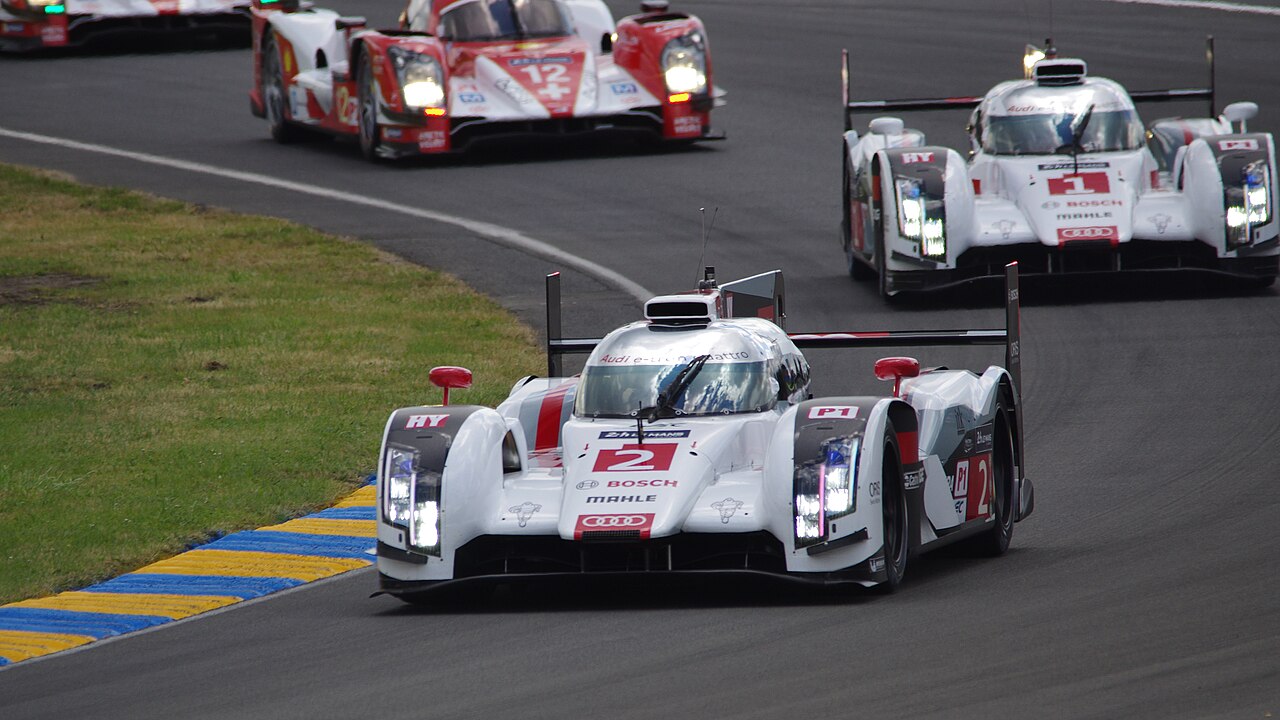 Mark Seymour, CC BY 2.0, Wikimedia Commons
Mark Seymour, CC BY 2.0, Wikimedia Commons
GT
The GT class are production cars from manufacturers that are subsequently modified for professional racing according to the specifications and rules of race organizers. These cars look similar to sports coupes that you might see on public roads.
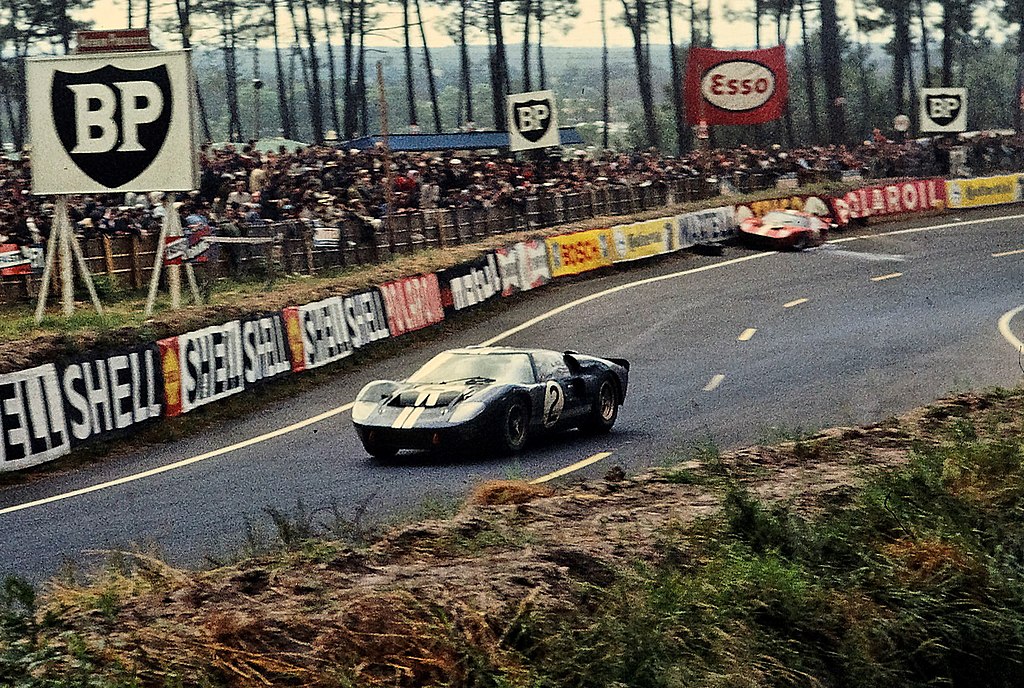 ZANTAFIO56, CC BY-SA 2.0, Wikimedia Commons
ZANTAFIO56, CC BY-SA 2.0, Wikimedia Commons
A Hive Of Innovation
The ongoing effort of designers to improve performance at Le Mans has been a great source of innovation. Concept cars are allowed into the race under a designation called Garage 56. This means the car is experimental, and is not expected to win the race. The Garage 56 label has seen the testing of many ideas, often in the area of fuel efficiency (electric or hydrogen-powered cars).
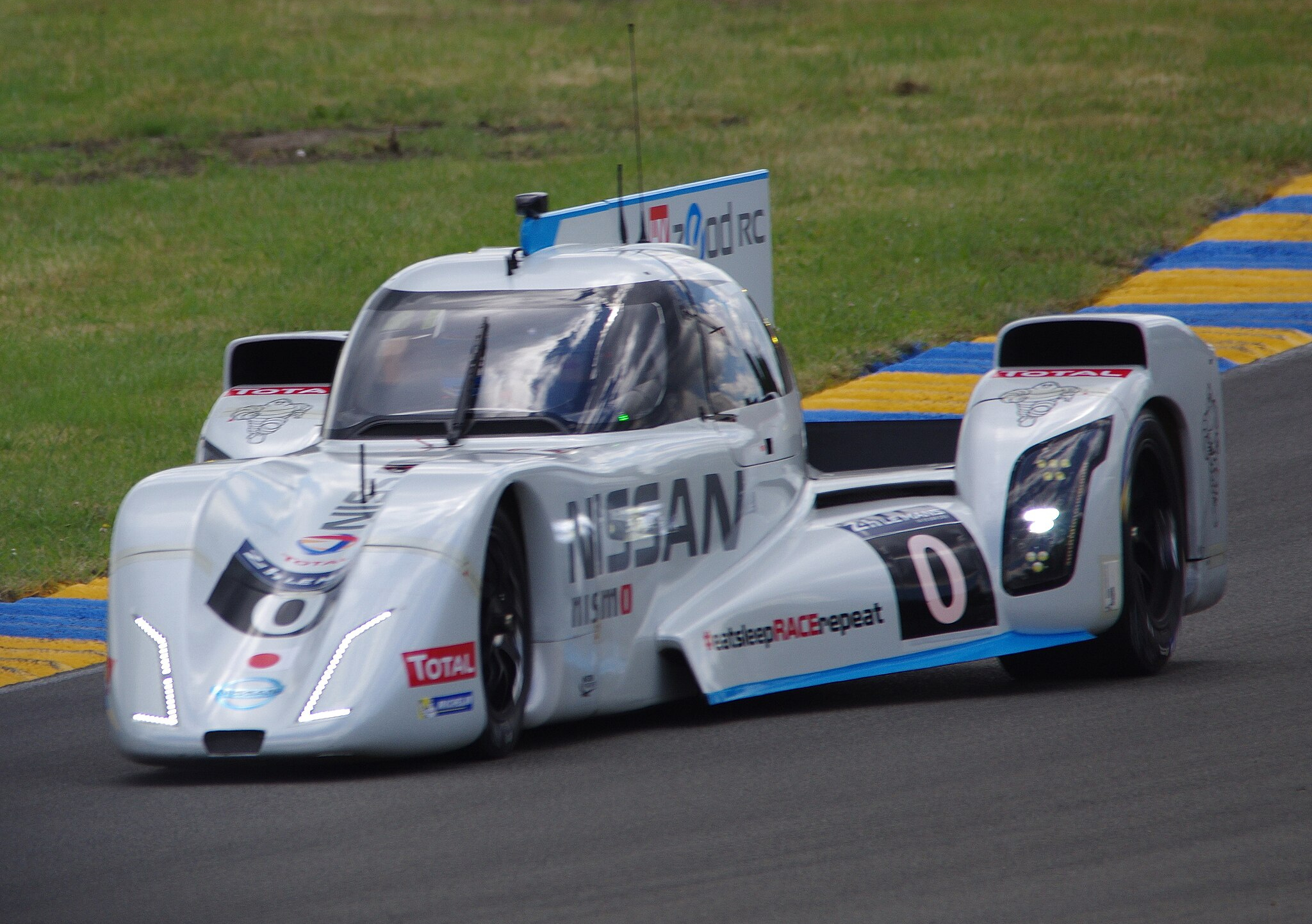 Mark Seymour, CC BY 2.0, Wikimedia Commons
Mark Seymour, CC BY 2.0, Wikimedia Commons
Le Mans Traditions: June Schedule
For most of its history, the race has been run on the second weekend in June. This allows for a maximum amount of daylight in the northern hemisphere and the best chance of good weather. Notable postponements occurred in 1968 (political unrest) and 2020 (Covid).
 Alain Janssoone, CC BY-SA 2.5, Wikimedia Commons
Alain Janssoone, CC BY-SA 2.5, Wikimedia Commons
Le Mans Traditions: The Standing Start
The Le Mans race used to have a unique starting procedure. All the cars were lined up along the pit with the drivers standing across the track. At the signal, drivers would run across the track, hop in their cars, start their engines, and race off. This tradition ended in 1970 after several fatalities when drivers refused to wear their seatbelts in order to save a few seconds. All races since 1971 have featured a rolling start.
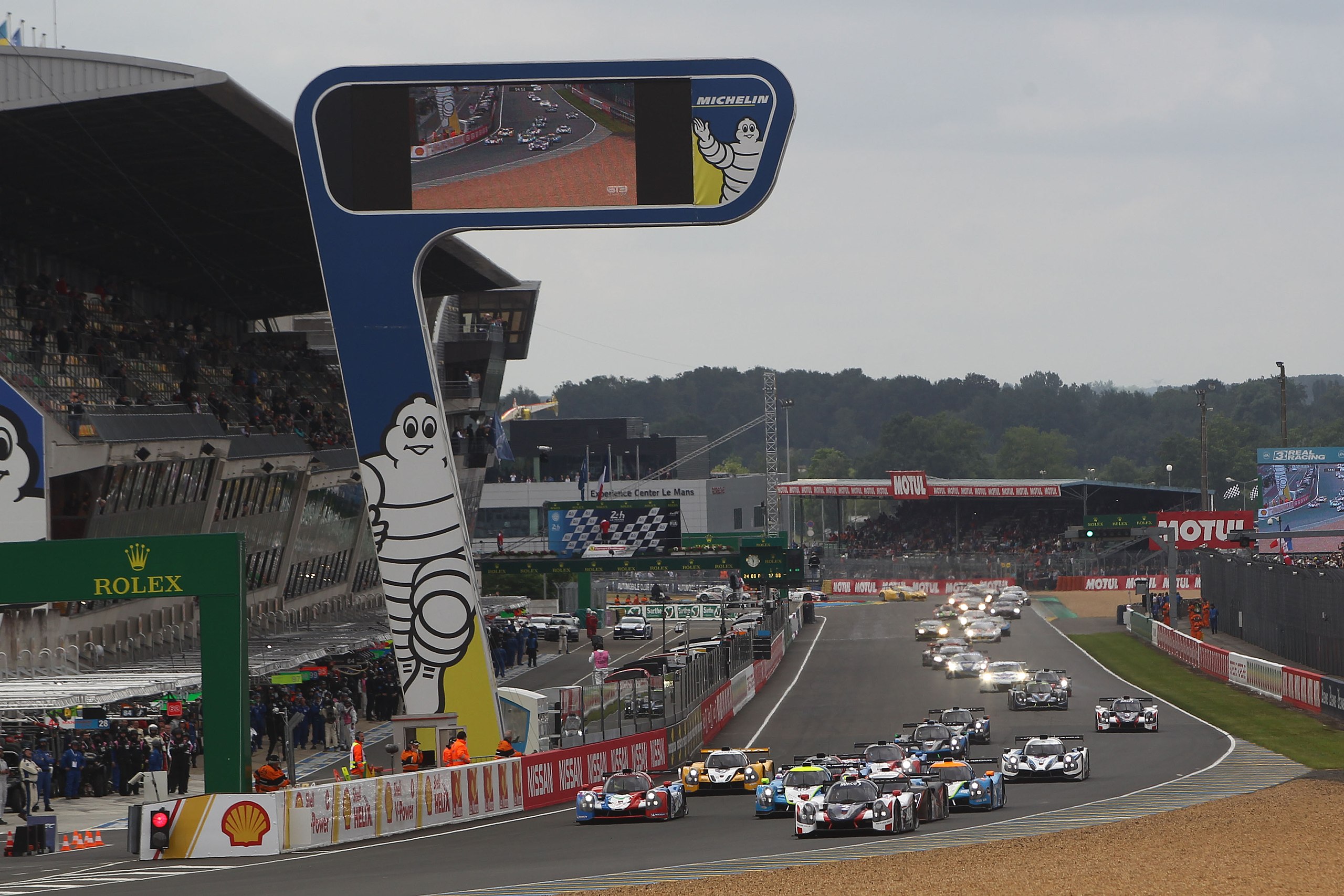 United Autosports, CC BY-SA 2.0, Wikimedia Commons
United Autosports, CC BY-SA 2.0, Wikimedia Commons
Le Mans Traditions: Pit Stop Rules
Cars must be turned off while in the pits, a practice unique to Le Mans. Mechanics are not allowed to work on the car while the pit crew is refueling. Cars are not allowed to enter the pits for any automotive fluids within the first hour of the race, or they risk disqualification.
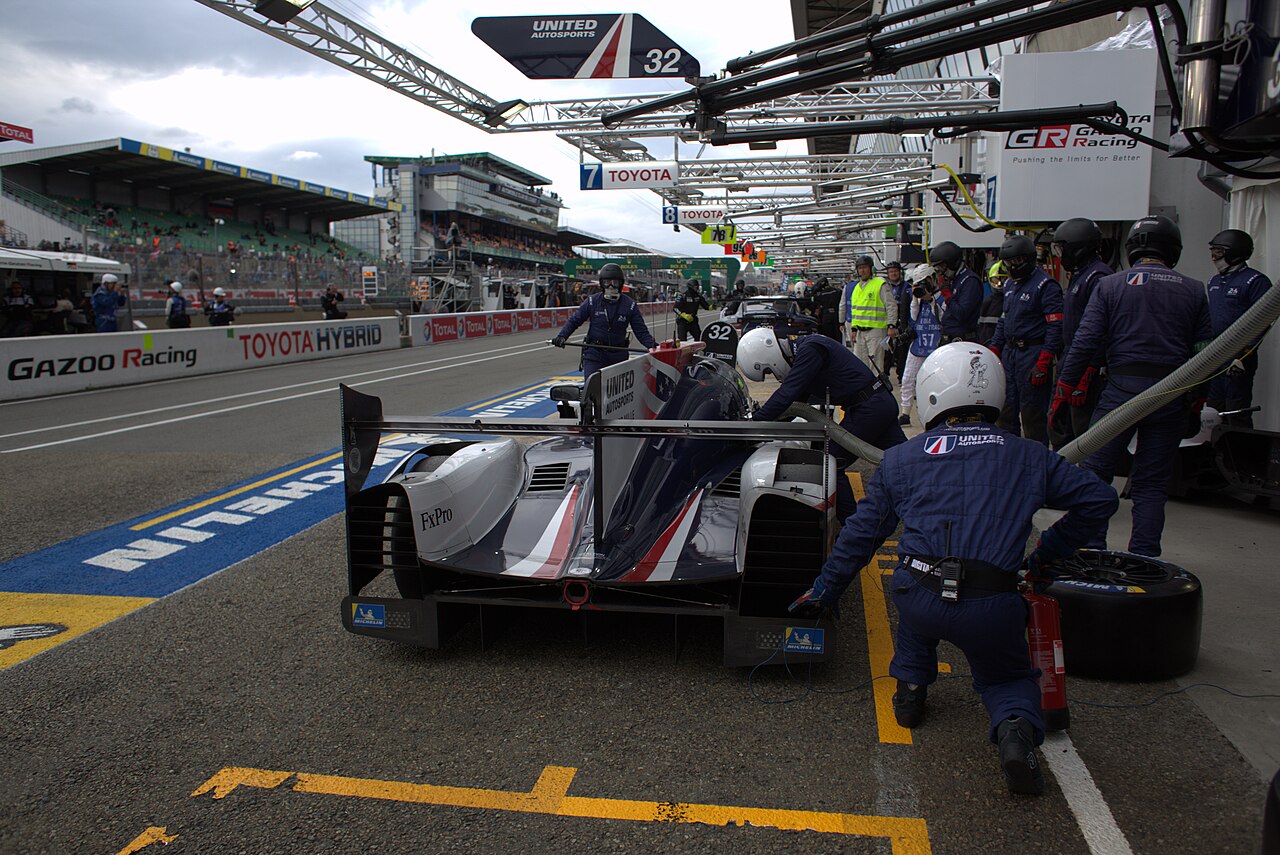 United Autosports, CC BY-SA 2.0, Wikimedia Commons
United Autosports, CC BY-SA 2.0, Wikimedia Commons
Other Le Mans Traditions
The traditional start time of the 24 Hours is 4pm. Instead of a green flag to indicate the start, the flagman waves the French tricolor national flag. There is normally an accompanying fly-by of jets trailing red, white, and blue smoke. Race marshals wave safety flags along the final lap to salute those completing the grueling ordeal.
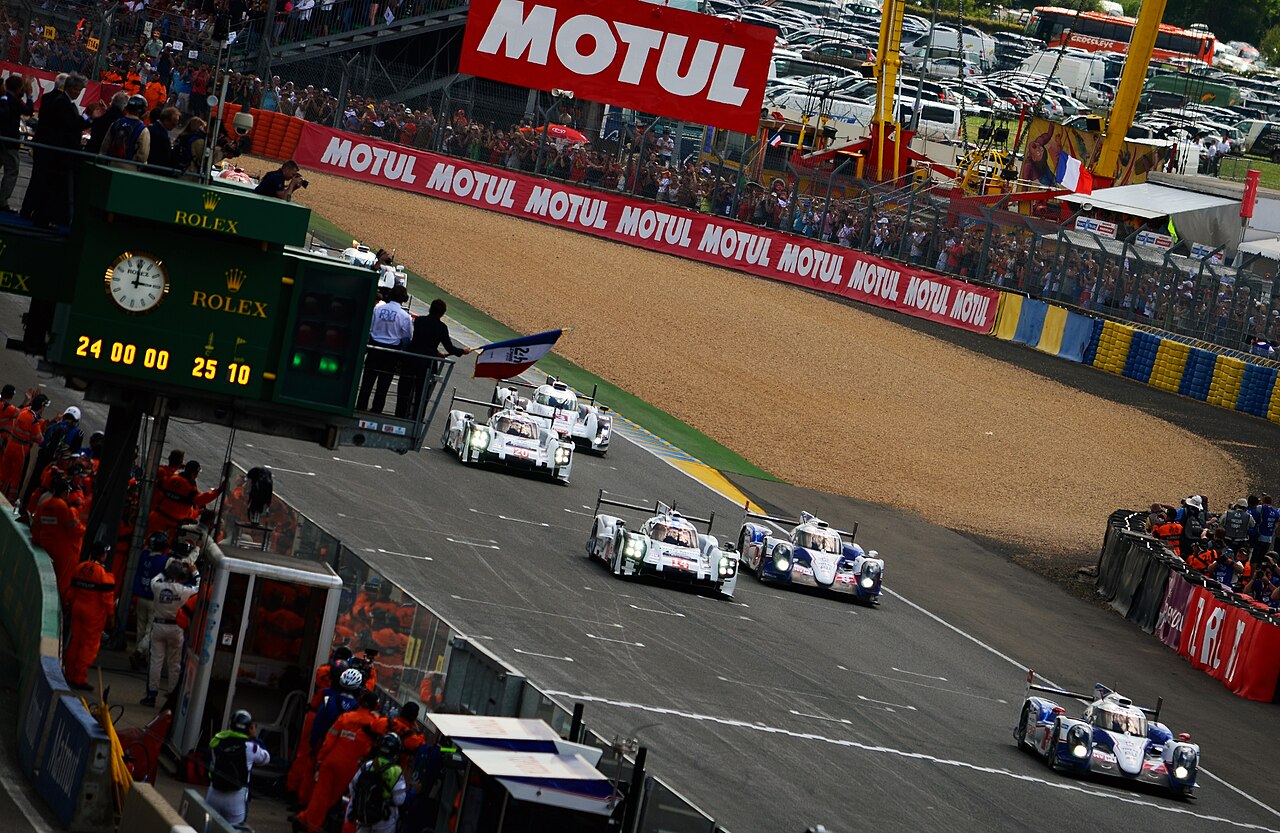 Nic Redhead, CC BY-SA 2.0, Wikimedia Commons
Nic Redhead, CC BY-SA 2.0, Wikimedia Commons
1923: A Brave Beginning
The first Le Mans race was held May 26-27, 1923. Despite poor weather that evening and several cars experiencing headlight failures, 30 cars completed the race, or 90% of the field. Le Mans wouldn’t see that number of cars finish the race again until 1993! The winning team in 1923 ran 128 laps; compare this to the 375 laps by 1993’s winners.
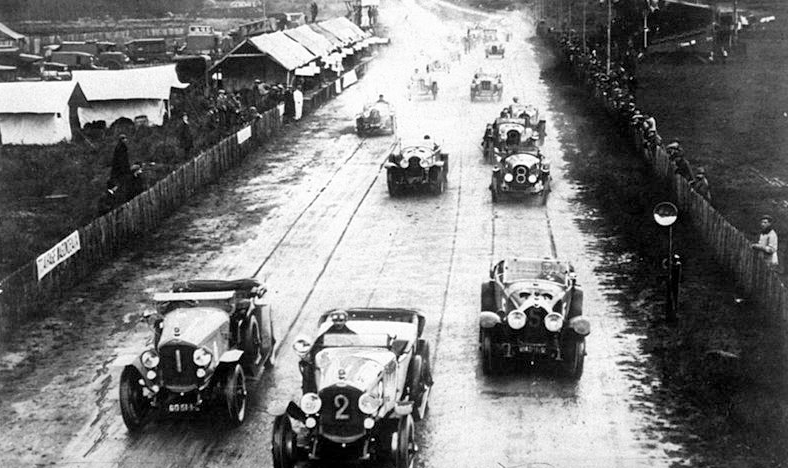 D.A.S. (Germany), Wikimedia Commons
D.A.S. (Germany), Wikimedia Commons
The 20s And 30s: Gathering Momentum
Continuing the success of the inaugural 1923 event, further yearly races saw the emerging dominance of French, British, and Italian teams and car makers—Bugatti, Bentley, and Alfa Romeo were the most successful. In the 30s, Bugatti and Alfa-Romeo began the struggle for design supremacy with the addition of many aerodynamic features.
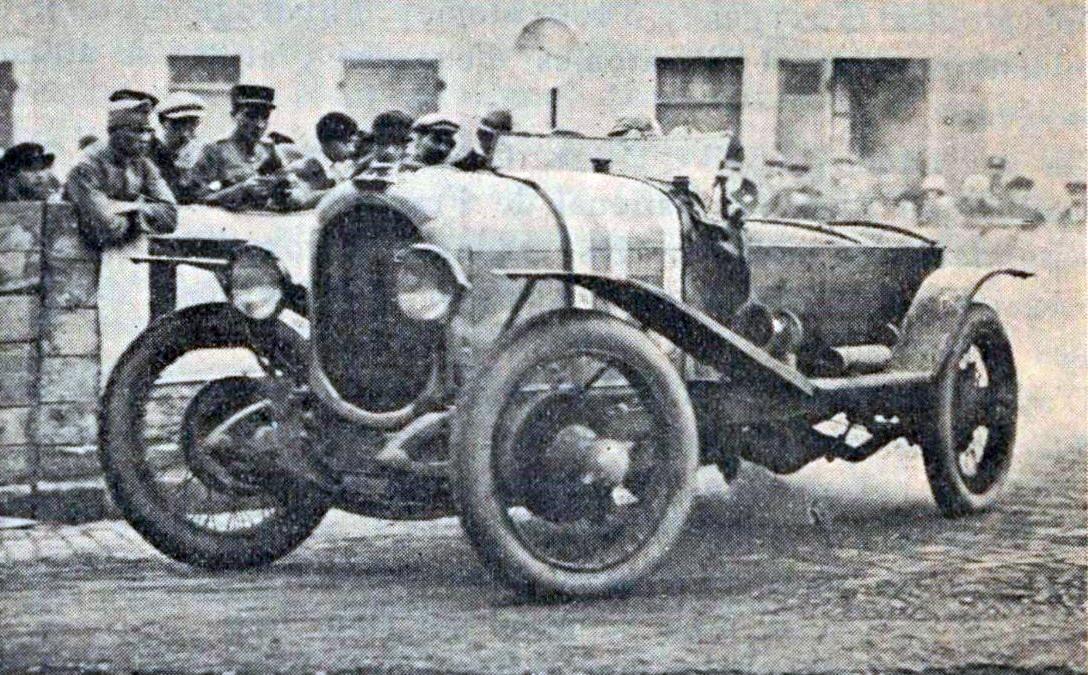 Le Génie Civil, Wikimedia Commons
Le Génie Civil, Wikimedia Commons
Racing Takes A Backseat
The invasion and occupation of France by Hitler’s Germany, followed by years of reconstruction, wiped out the Le Mans competition for nine years between 1940-48. The race had also been canceled in 1936 because of unrest following the election of Léon Blum’s leftist Popular Front government.
 Unknown Artist, Wikimedia Commons
Unknown Artist, Wikimedia Commons
1949: Back On Track
By the end of the 40s, the people of Europe were starting to look to the future—auto racing and other sports were due for a comeback. The postwar refurbishment of the Le Mans course and grandstands led to the first race held there in 10 years. The 1949 Le Mans ended in triumph for Baron Selsdon and Luigi Chinetti in the new Ferrari 166 MM, putting the Italian company on the map as a major brand.
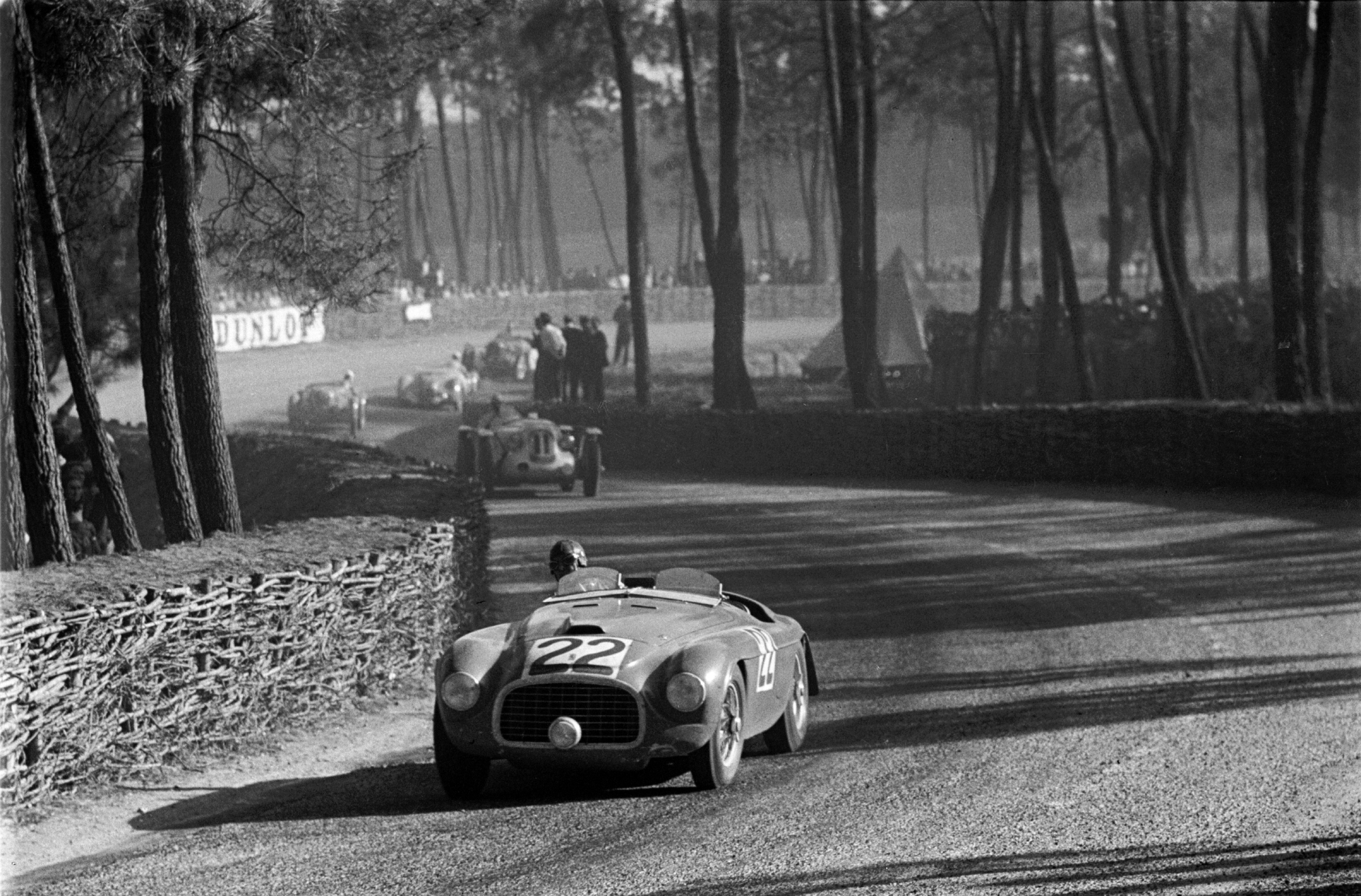 Klemantaski Collection, Getty Images
Klemantaski Collection, Getty Images
The Furious 50s
The decade of the 50s was marked by a major resurgence of the 24 Hours of Le Mans. New and established car makers, their appetites for success whetted by the prospects of racing glory, began to produce faster, better-handling, and more aerodynamic models. Among the most successful of these were Ferrari, Aston-Martin, Jaguar, Mercedes-Benz, and Talbot-Lago.
Spotlight: Enzo Ferrari
Enzo Ferrari (1898-1988) was already a legend of the racetrack by the 1930s as lead driver for the famed Scuderia Ferrari team driving Alfa Romeos. By the end of the 30s, Ferrari was eager to start building his own cars. By the end of the 40s, the Ferrari marque had been established in the public eye and on the track. The Ferrari team, or one of its cars, would win nine Le Mans championships from 1949-1965, including six consecutive from 1960-1965.
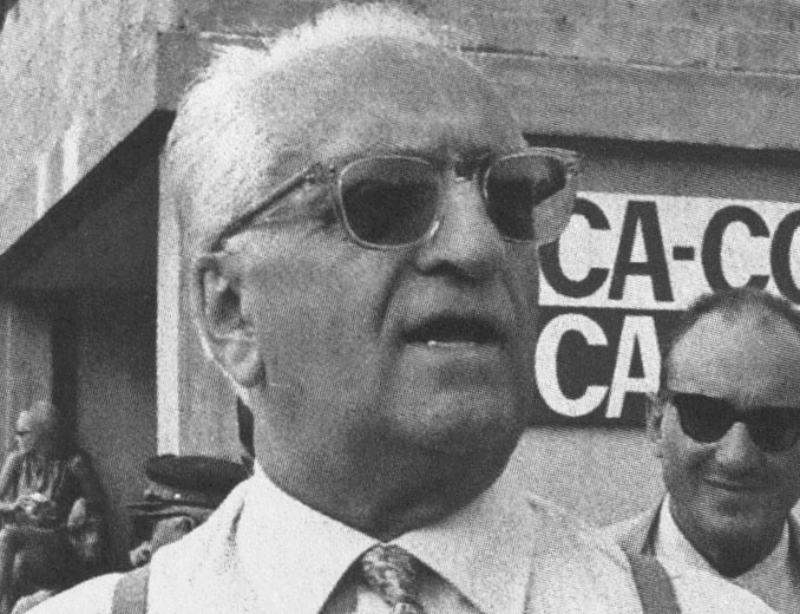 Rainer W. Schlegelmilch, Wikimedia Commons
Rainer W. Schlegelmilch, Wikimedia Commons
1955: Disaster
On June 11, 1955, at 6:26pm, all hell broke loose on the Le Mans track. A driver made a sudden swerve toward the pits, triggering an accident that sent a car tumbling end-over-end through the grandstand at around 200 km (120 mi) per hour. The disaster took the lives 83 and injured 220 more, the deadliest accident in racing history. Increasing speeds, an aging track facility, and a split-second series of mistakes had brought home the risks of auto racing to a shocked public.
Much-Needed Modernization
The carnage at Le Mans led to a moratorium on racing in many countries, some of which lasted almost a year. A French inquiry didn’t lay blame on any driver, concluding that the track’s design was unsafe. Drivers in the past had criticized the approach to the pits as unsafe and too close to the spectator area. The pits were moved back from the track, and a new grandstand was built behind a wide safety ditch.
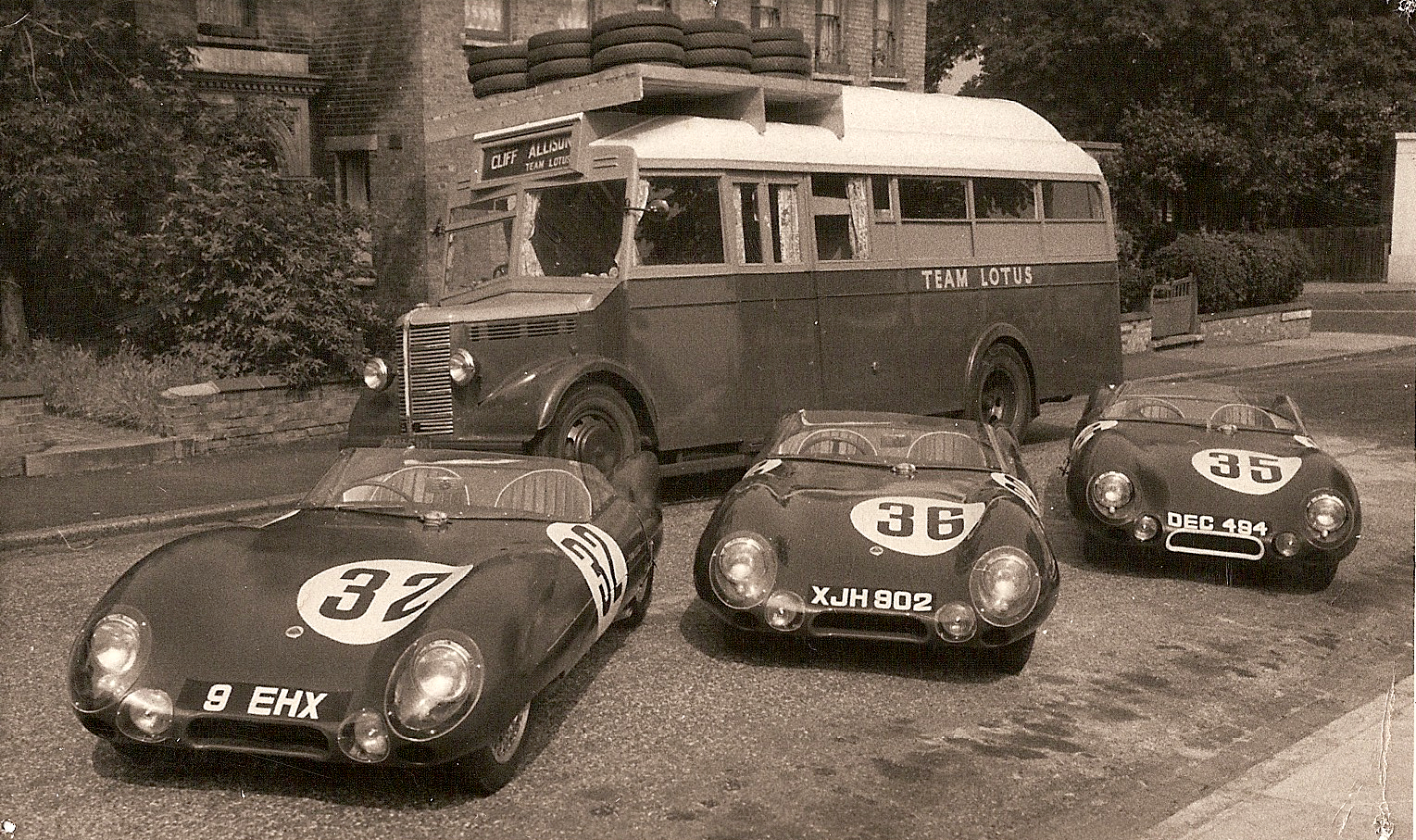 Raycrosthwaite, CC BY-SA 3.0, Wikimedia Commons
Raycrosthwaite, CC BY-SA 3.0, Wikimedia Commons
On To The 60s
The late 50s and 60s era of the Le Mans race was dominated by production cars—cars that regular people could buy if they had the money. The chief competitors were Jaguar, who managed consecutive wins from 1955-1957, and Ferrari, who dominated the early 60s. By 1965 a challenger had appeared in Ferrari’s rearview mirror.
 Jaguar MENA, CC BY 2.0, Wikimedia Commons
Jaguar MENA, CC BY 2.0, Wikimedia Commons
Ford Vs Ferrari
Ford’s failed 1963 takeover bid for Ferrari had led to bad blood between the two companies. Determined to settle the score on the Le Mans racetrack, Ford hired miracle car designer Carroll Shelby. The result was the famed Ford GT40 placing first through third at the 1966 Le Mans.
Ford would win again the following three years, the only US model or team ever to capture first place—but not everyone believed that it was a legitimate win for driver Bruce McLaren. When it became clear that Ford was in the lead, they instructed their three drivers not to race each other and instead cross the finish line side-by-side. Some believe this lead to a moment of stolen glory for driver Ken Miles, who followed orders and eased off the gas.
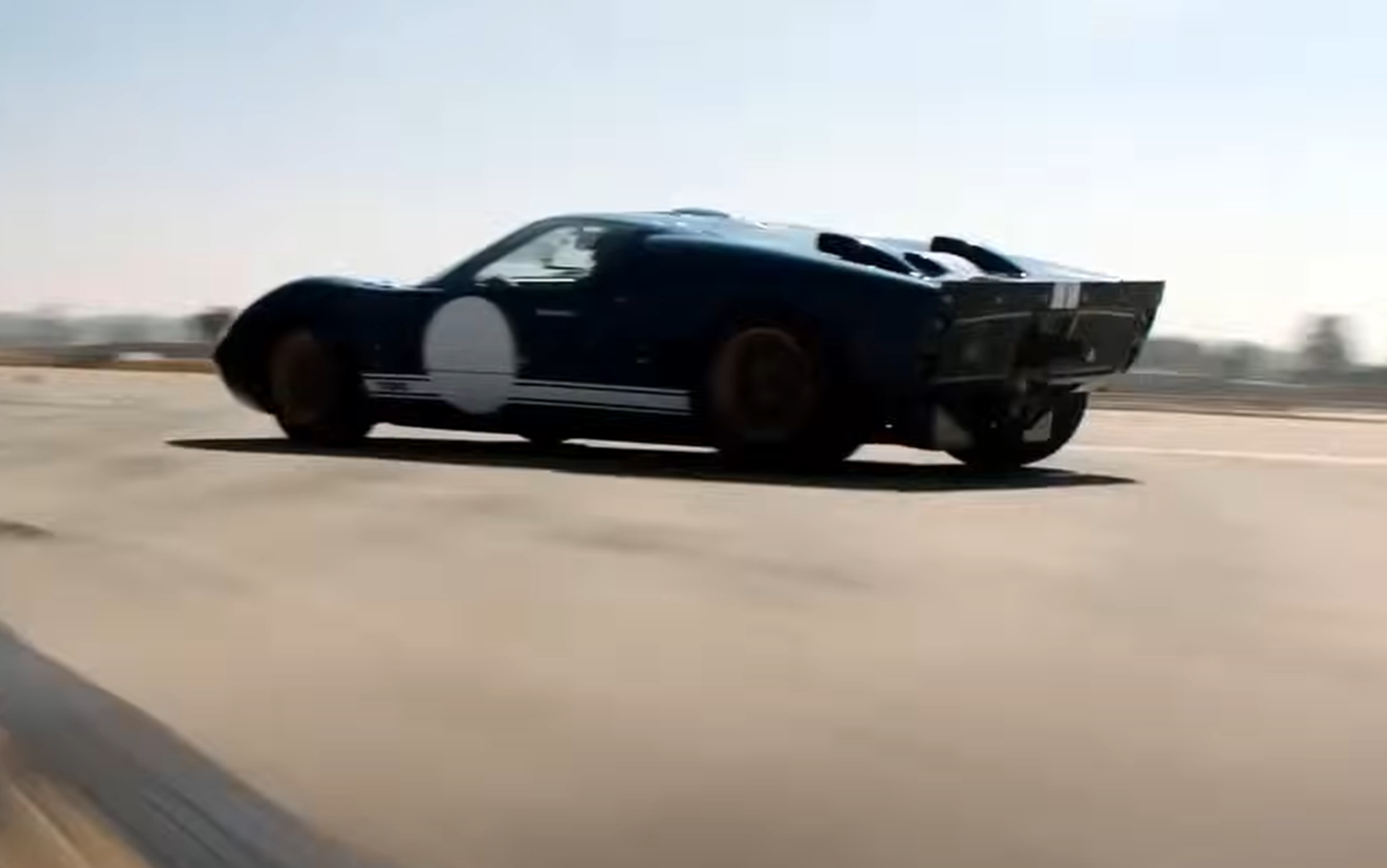 Chernin Entertainment, Ford V Ferrari (2019)
Chernin Entertainment, Ford V Ferrari (2019)
Spotlight: Ken Miles
The driver Shelby chose to build and drive the GT40 was the fiery English engineer, Ken Miles. Miles came within seconds of winning the elusive Triple Crown of endurance racing in 1966. His legendary intensity pushed his machine—and his friendship with Shelby—to the limit, and was memorably portrayed by Christian Bale in the 2019 film Ford Vs Ferrari.
 Twentieth Century, Ford v Ferrari (2019)
Twentieth Century, Ford v Ferrari (2019)
The 70s: Le Mans Comes Of Age
The 70s brought the rolling start to the Le Mans raceway and marked the fading out of an era in other respects as well. As the decade went on, the production cars that had dominated the preceding decades gave way to purpose-built prototypes developed by well-financed racing teams. Porsche was particularly successful, with their 917, 935, and 936 designs.
Spotlight: Jacky Ickx
Jacky Ickx started out racing motorcycles before embarking on his famed career in endurance car racing. He took first place at Le Mans six times, including three consecutive wins from 1975 to 1977. Jacky mostly rode to victory in the Porsche 936, three times with Derek Bell as teammate. At the time of his last Le Mans victory in 1982, Jacky’s record of six wins was widely believed to be unbreakable.
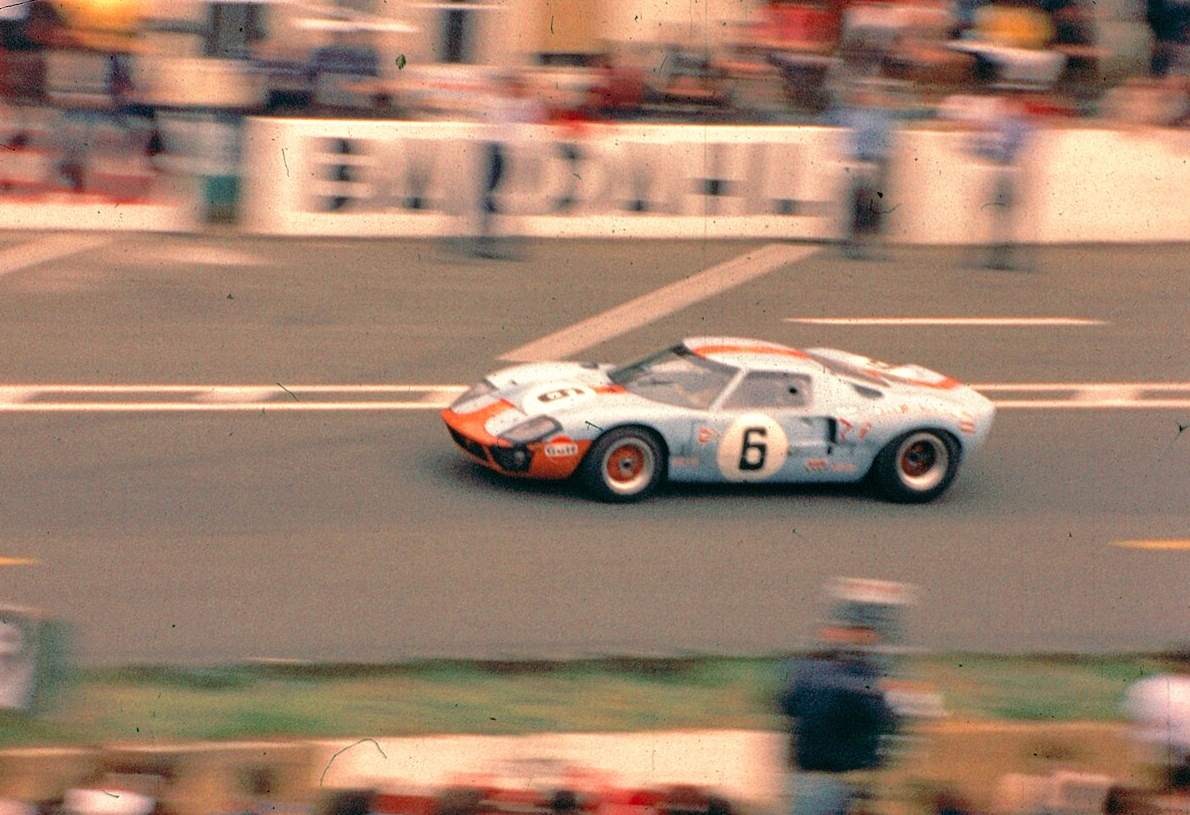 ZANTAFIO56, CC BY-SA 2.0, Wikimedia Commons
ZANTAFIO56, CC BY-SA 2.0, Wikimedia Commons
Spotlight: Jean Rondeau
Jean Rondeau remains a legend as the only driver ever to win Le Mans with a car entirely of his own name, design, and construction. After changes of sponsorship and mediocre finishes in the late 70s, team Rondeau hit pay dirt in 1980 with their M379B prototype. Across a rain-slicked track on badly worn tires, Rondeau driver Jean-Pierre Jaussaud outdistanced Jacky Ickx by two laps to claim endurance racing’s ultimate prize.
The 80s: New Rules And Familiar Faces
The early 80s saw the advent of a new class emphasizing fuel efficiency, the C Type. Porsche quickly embraced the new design rules, continuing its dominance of the Le Mans field. Other competitors through the decade included Peugeot, Mercedes, and most notably Jaguar with wins in 1988 and 1990.
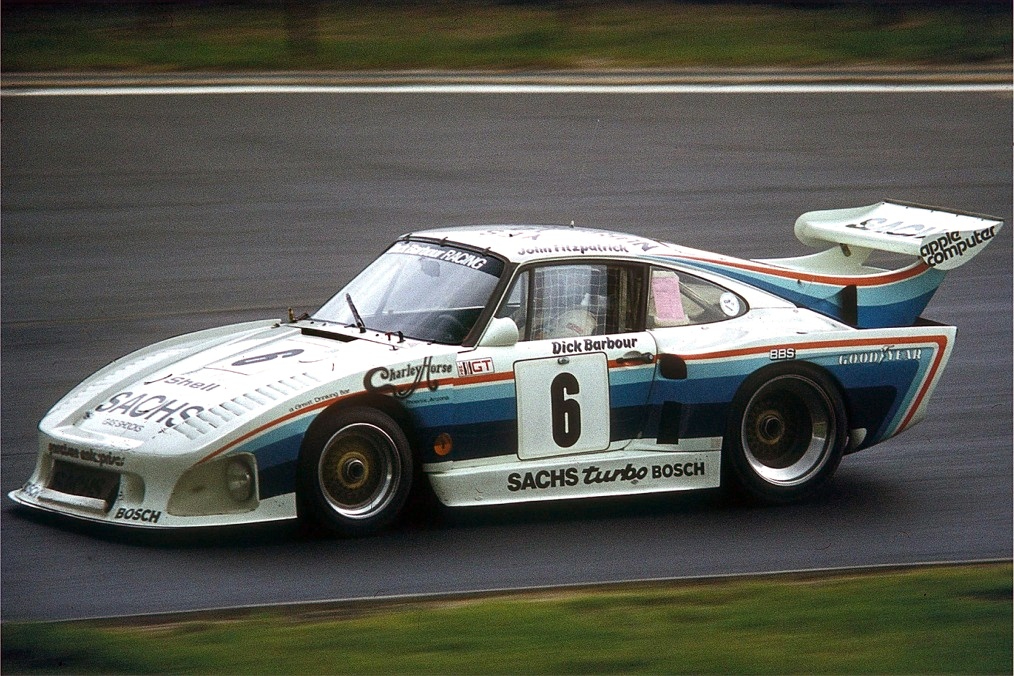 Lothar Spurzem, CC BY-SA 2.0 DE, Wikimedia Commons
Lothar Spurzem, CC BY-SA 2.0 DE, Wikimedia Commons
The 90s: Return Of The GT
The spiraling cost of the C Type Le Mans prototypes meant a return to the GT format on the part of many teams. The 1995 Le Mans was emblematic of this trend. In one of the rainiest 24 Hours of Le Mans on record, four of the top five finishers (including winners Kokusai Kaihatsu Racing) drove McLaren F1 GTRs.
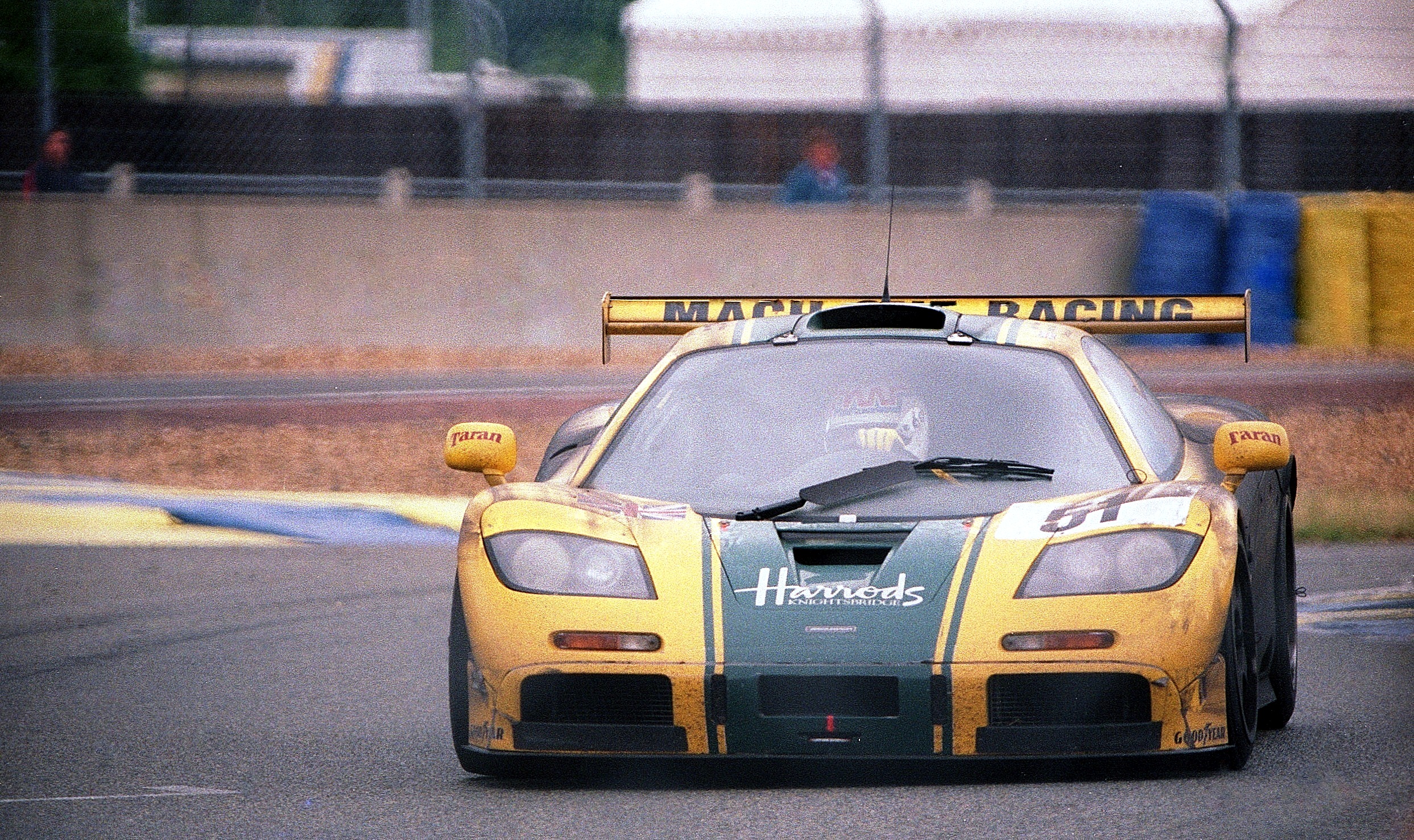 Martin Lee, CC BY-SA 2.0, Wikimedia Commons
Martin Lee, CC BY-SA 2.0, Wikimedia Commons
Since 2000: New Prototypes, New Records
The years since 2000 have seen many new models and innovations. Among these were the Audi R10 TDI, the first diesel-powered car to win the Le Mans, which it did three times. Peugeot followed with a diesel model of their own, taking the crown in 2009. Audi responded by setting the all-time Le Mans distance record in 2010. After a long dry spell, Porsche returned to the podium in 2015 with their 919 Hybrid, ending a run of dominance by Audi that had begun back in 2000.
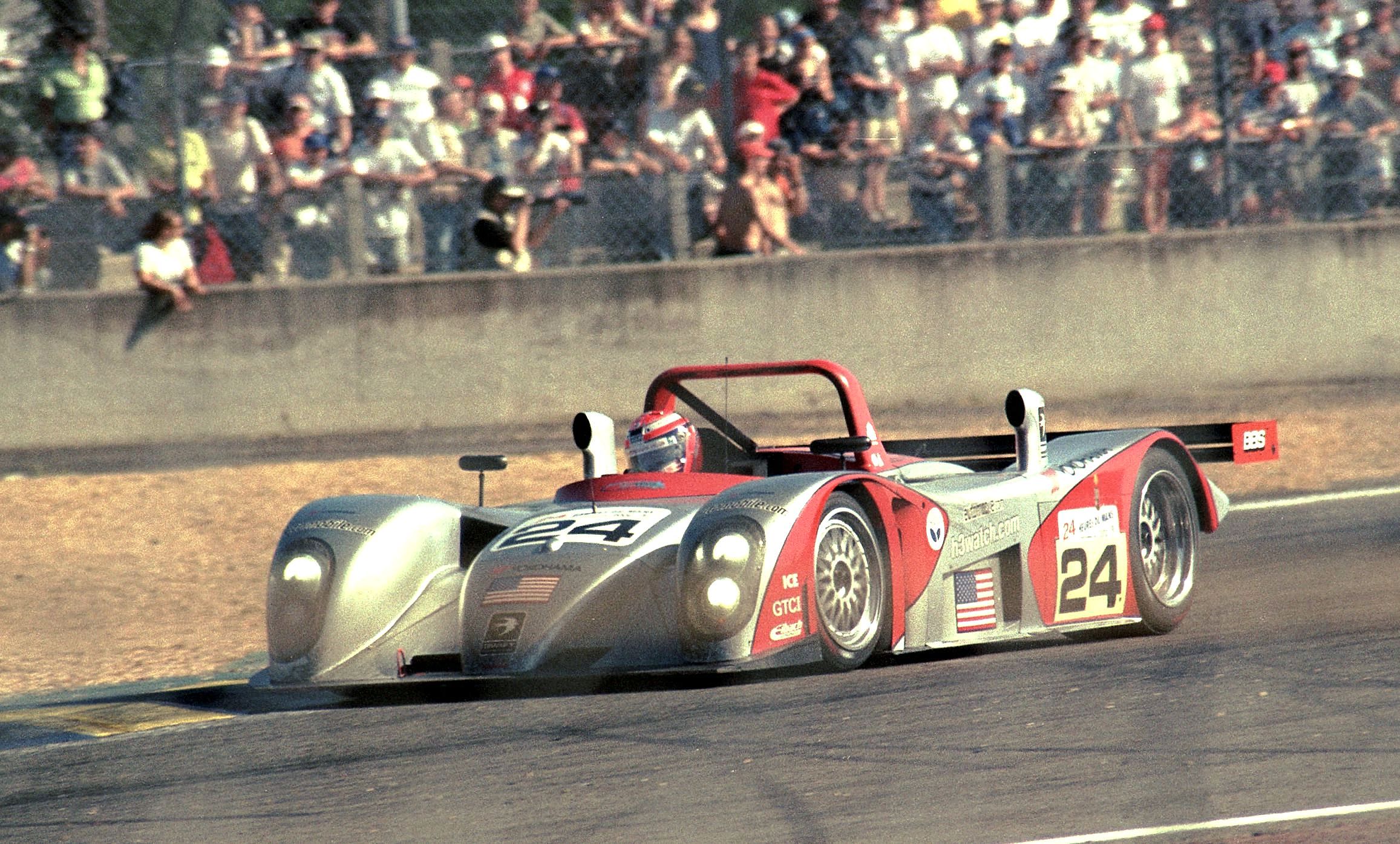 Martin Lee, CC BY-SA 2.0, Wikimedia Commons
Martin Lee, CC BY-SA 2.0, Wikimedia Commons
Spotlight: Tom Kristensen
No history of Le Mans would be complete without mentioning its most prolific winner, Tom Kristensen, aka “Mr Le Mans”. The Dane amassed nine wins between 1997 and 2013, including six consecutive from 2000-2005, far surpassing Jacky Ickx’s old record. Tom’s success came mostly behind the wheel of the Audi R8 prototype.
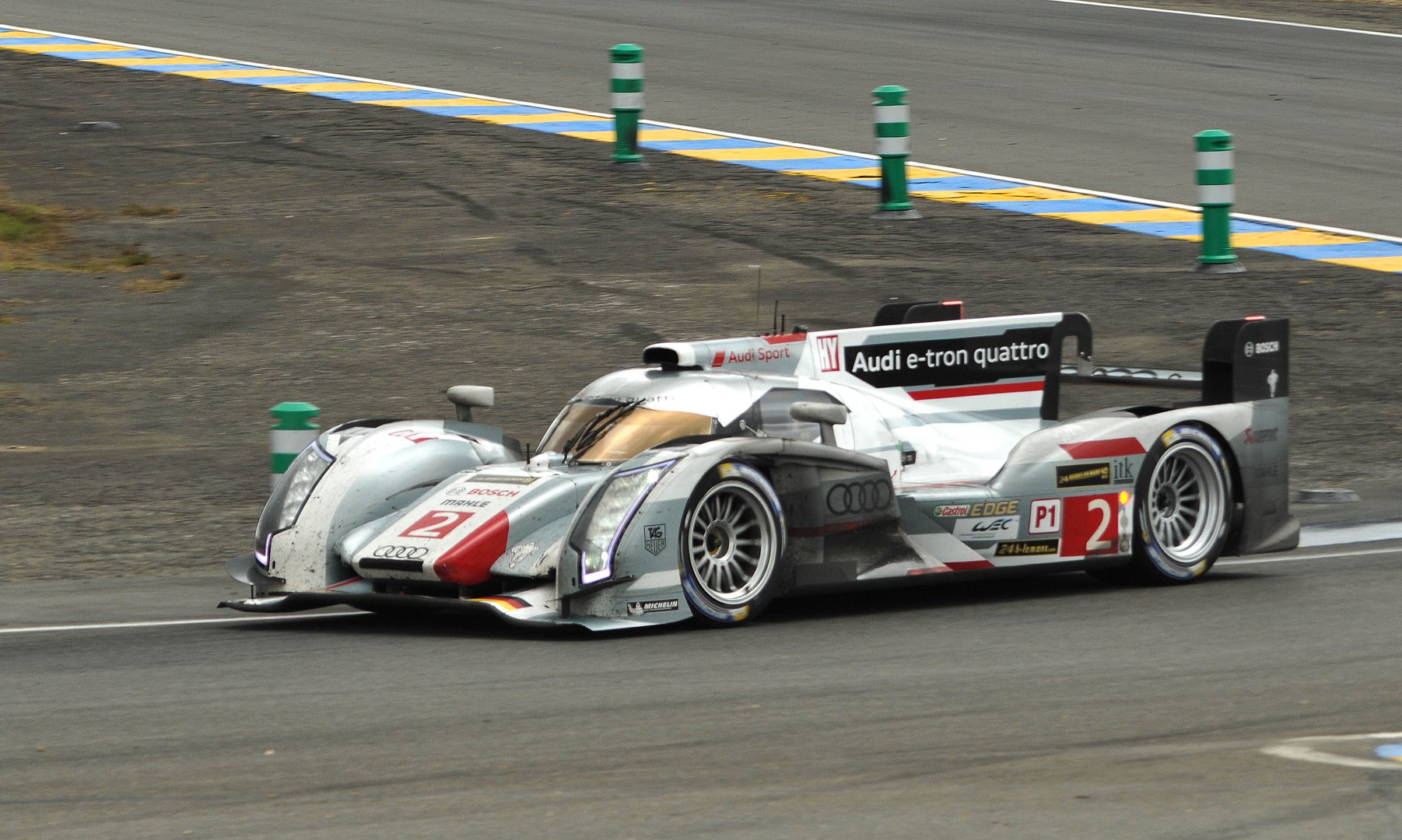 Surreal Name Given, CC BY 2.0, Wikimedia Commons
Surreal Name Given, CC BY 2.0, Wikimedia Commons
Spotlight: Joest Racing
First place at Le Mans always eluded the grasp of Reinhold Joest as a driver in the 1970s. That all changed when he started his own racing company. Joest Racing won their first Le Mans in 1984 with Porsche, and later went on to partner with Audi in the early 2000s. The team has won the 24 Hours of Le Mans an amazing 15 times!
Spotlight: The Women Of Le Mans
Le Mans has seen the participation and success of women drivers, engineers, and teams more than any other auto race. The list of women’s achievements at Le Mans includes: Odette Siko’s fourth place finish in 1932; Anny-Charlotte Verney’s 1978 win in the GT class; Leena Gade’s 2011 victory as Head Engineer for Joest Racing; and the Iron Dames, currently fielding the first all-female racing team.
The 2020s: Emergence Of The Hypercar
Increasing costs and the departure of Audi and Porsche from the World Endurance Championship in 2017 led the ACO to formulate a new set of rules for Le Mans prototypes called the hypercar. This new framework for LMPs offers designers more flexibility in an attempt to attract the interest of more manufacturers, which would bring more competition and innovation.
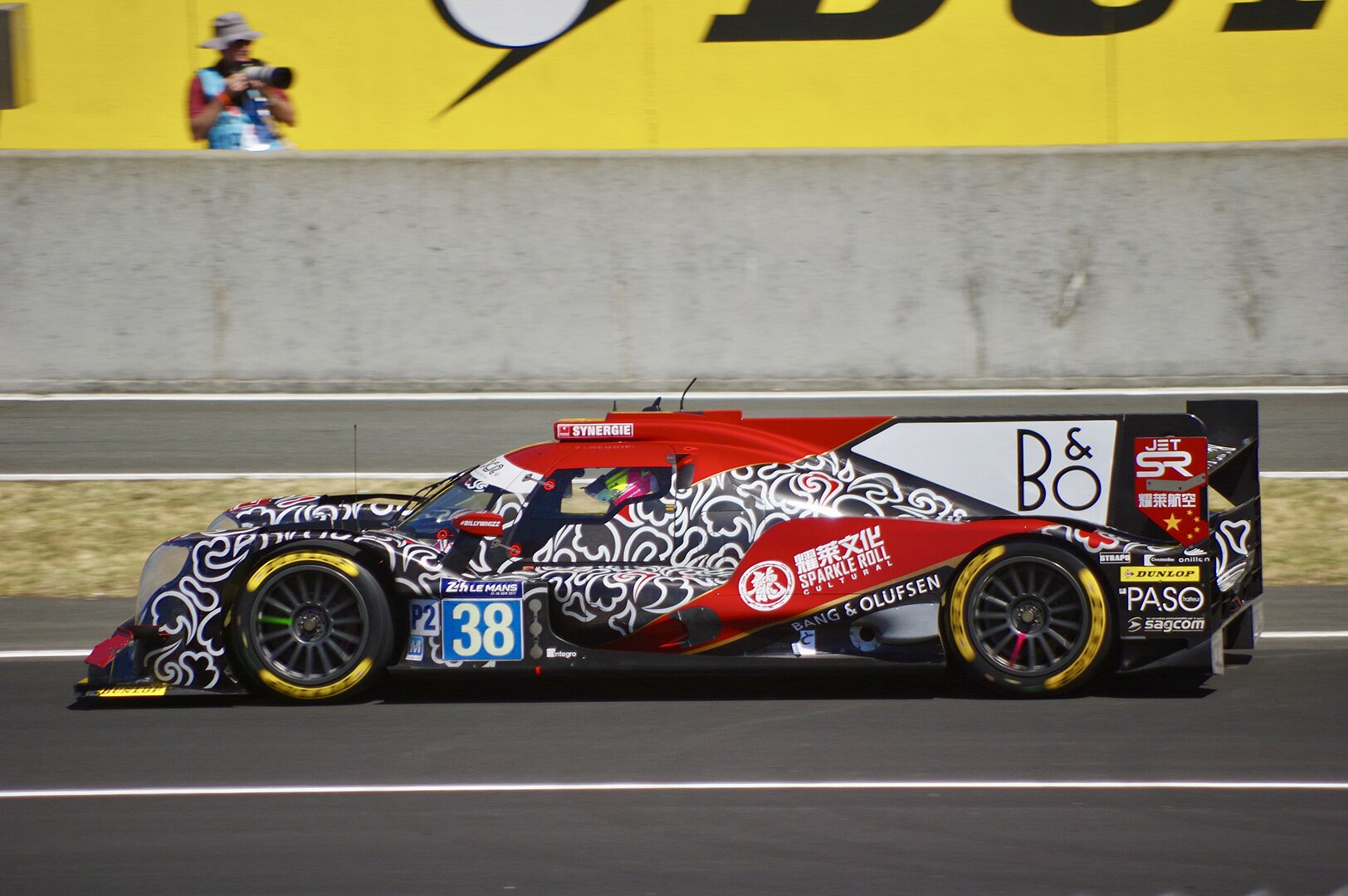 David Merrett, CC BY 2.0, Wikimedia Commons
David Merrett, CC BY 2.0, Wikimedia Commons
A New Century
The first century of the 24 Hours of Le Mans has been written, and drivers, designers, and fans now look to the future. Le Mans promises to continue as a showcase of versatile driving using the complete car for speed, handling, and durability—speed alone is not enough here. Only those who absorb this lesson will succeed in racing’s ultimate endurance test.

